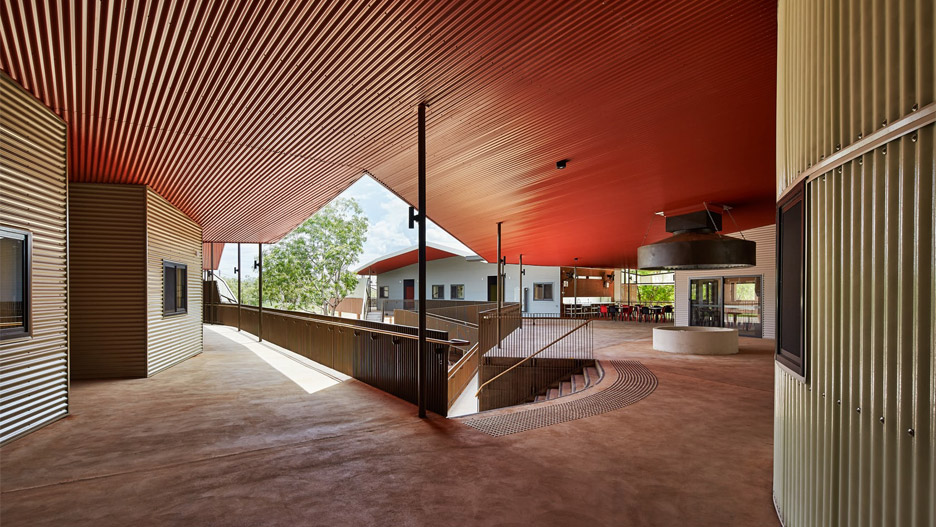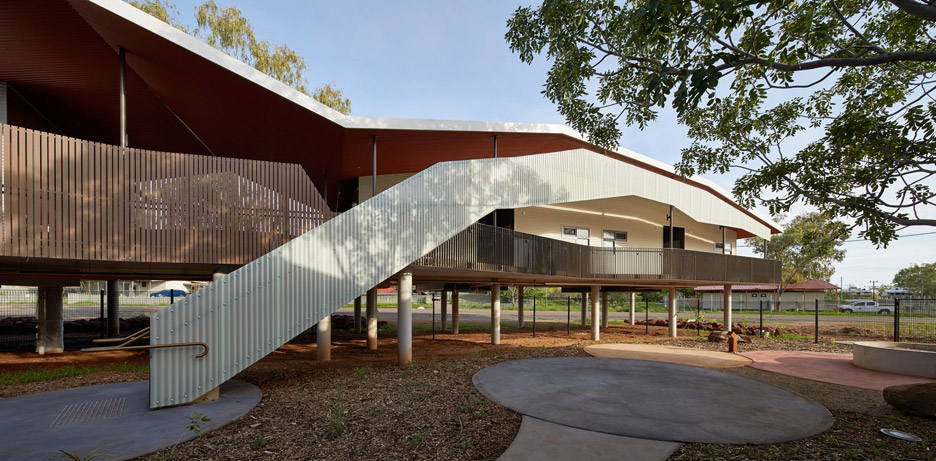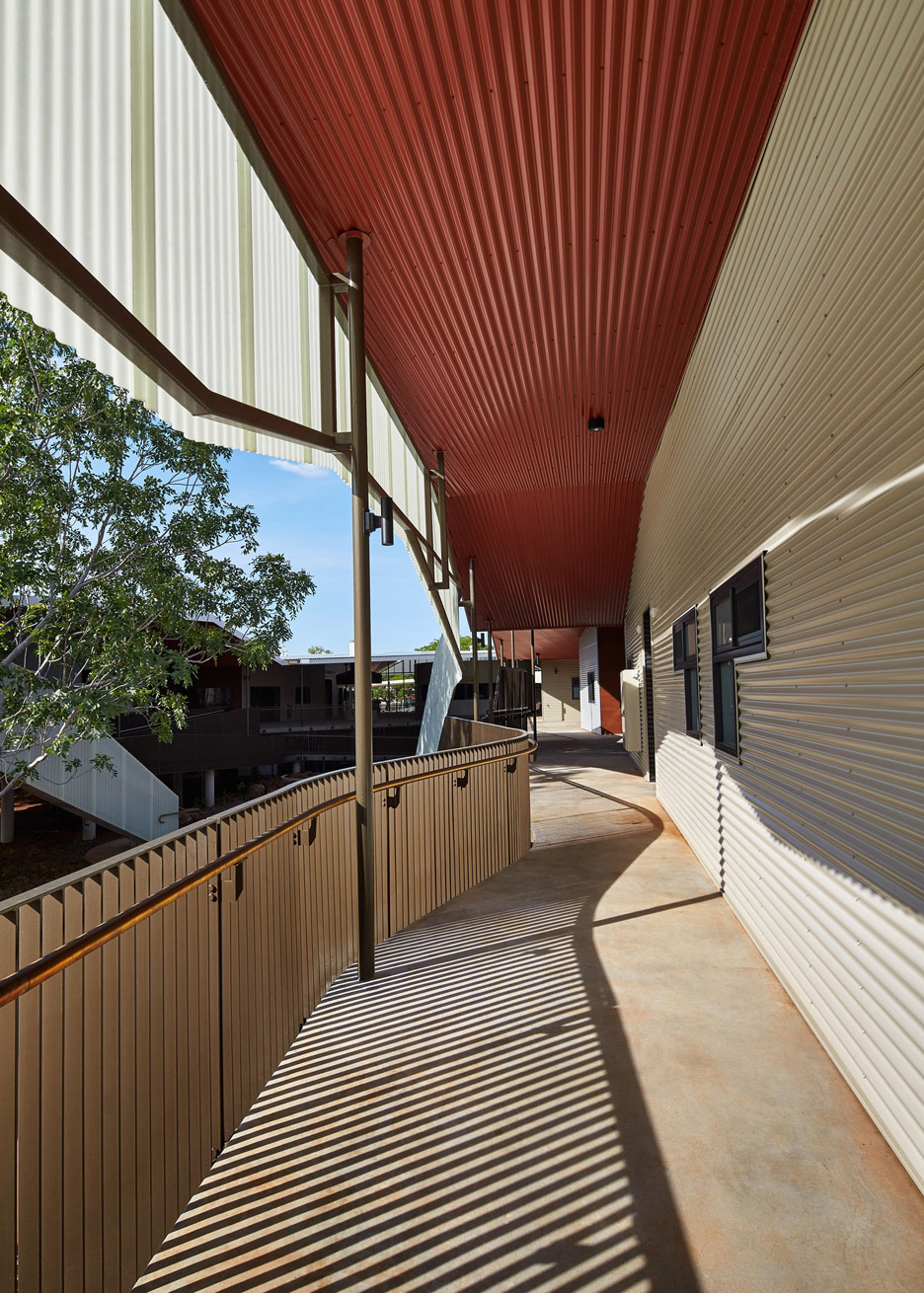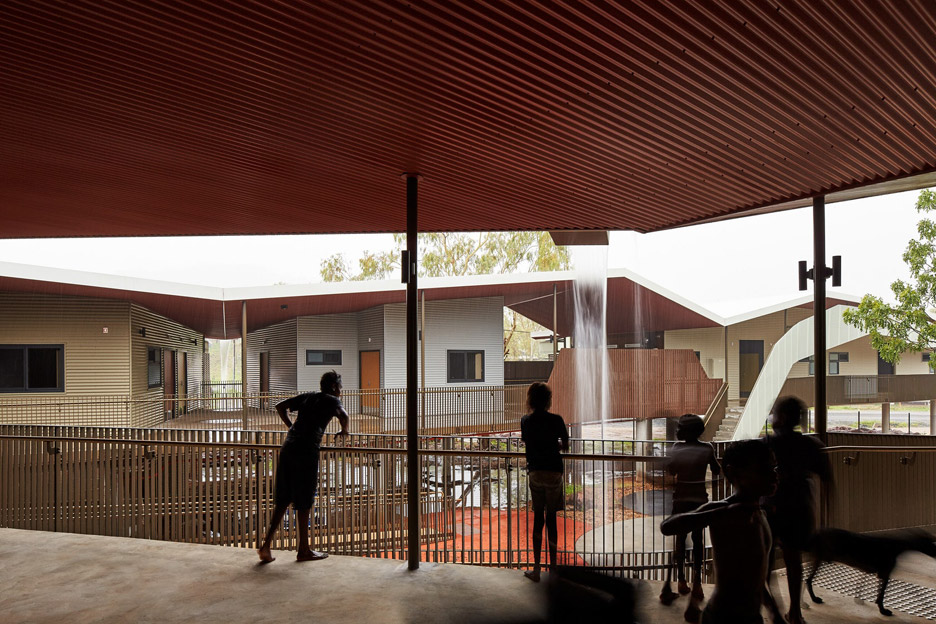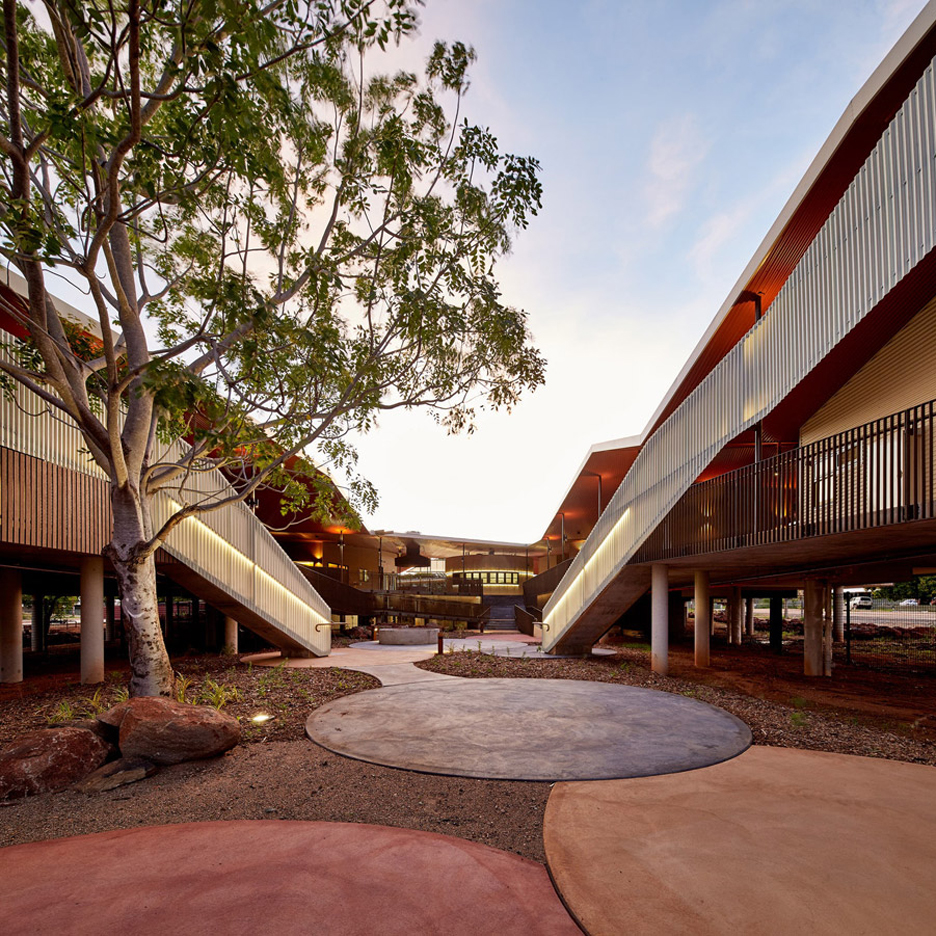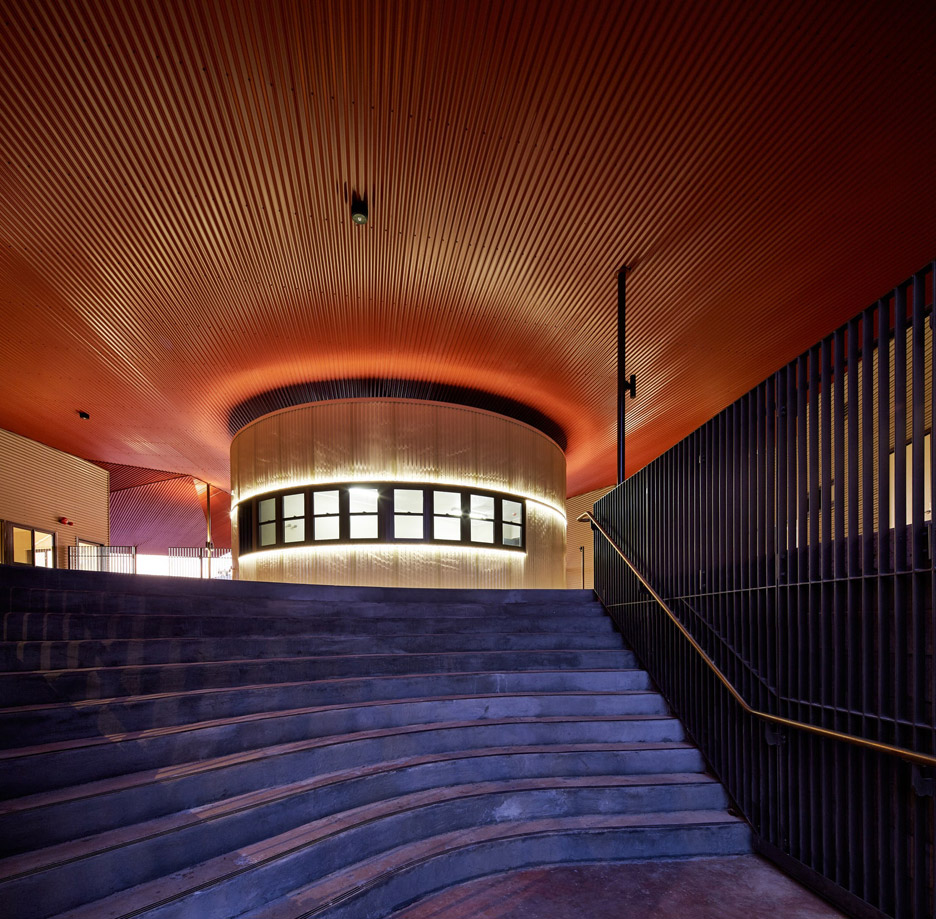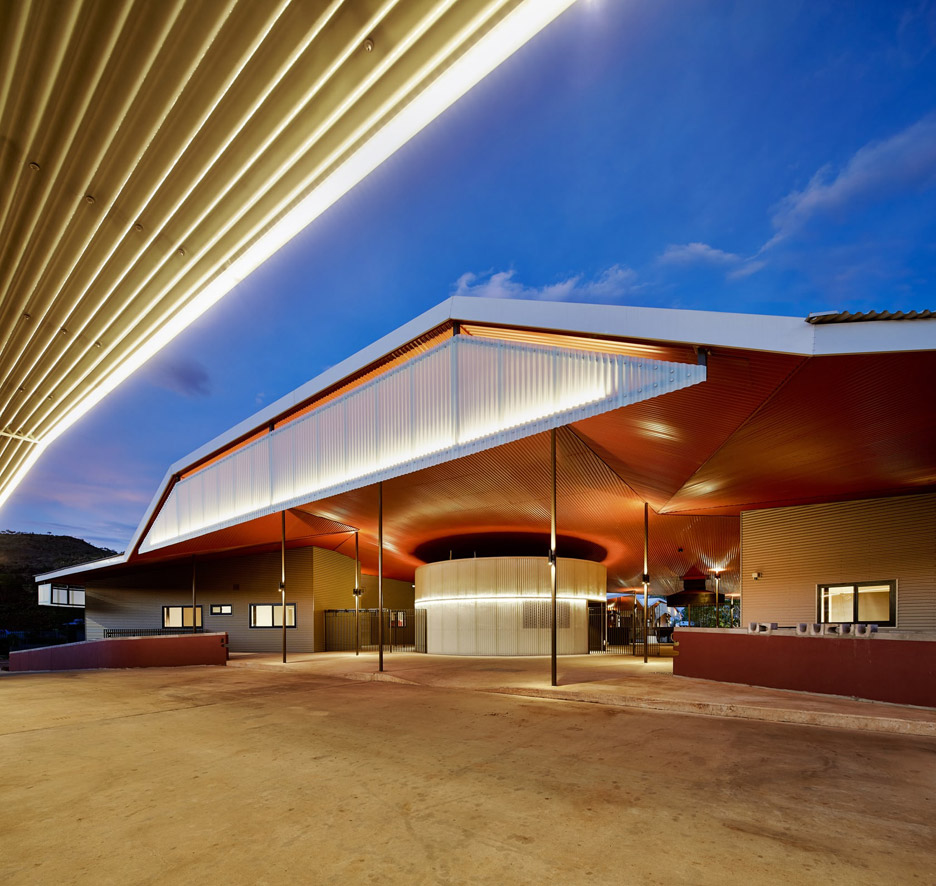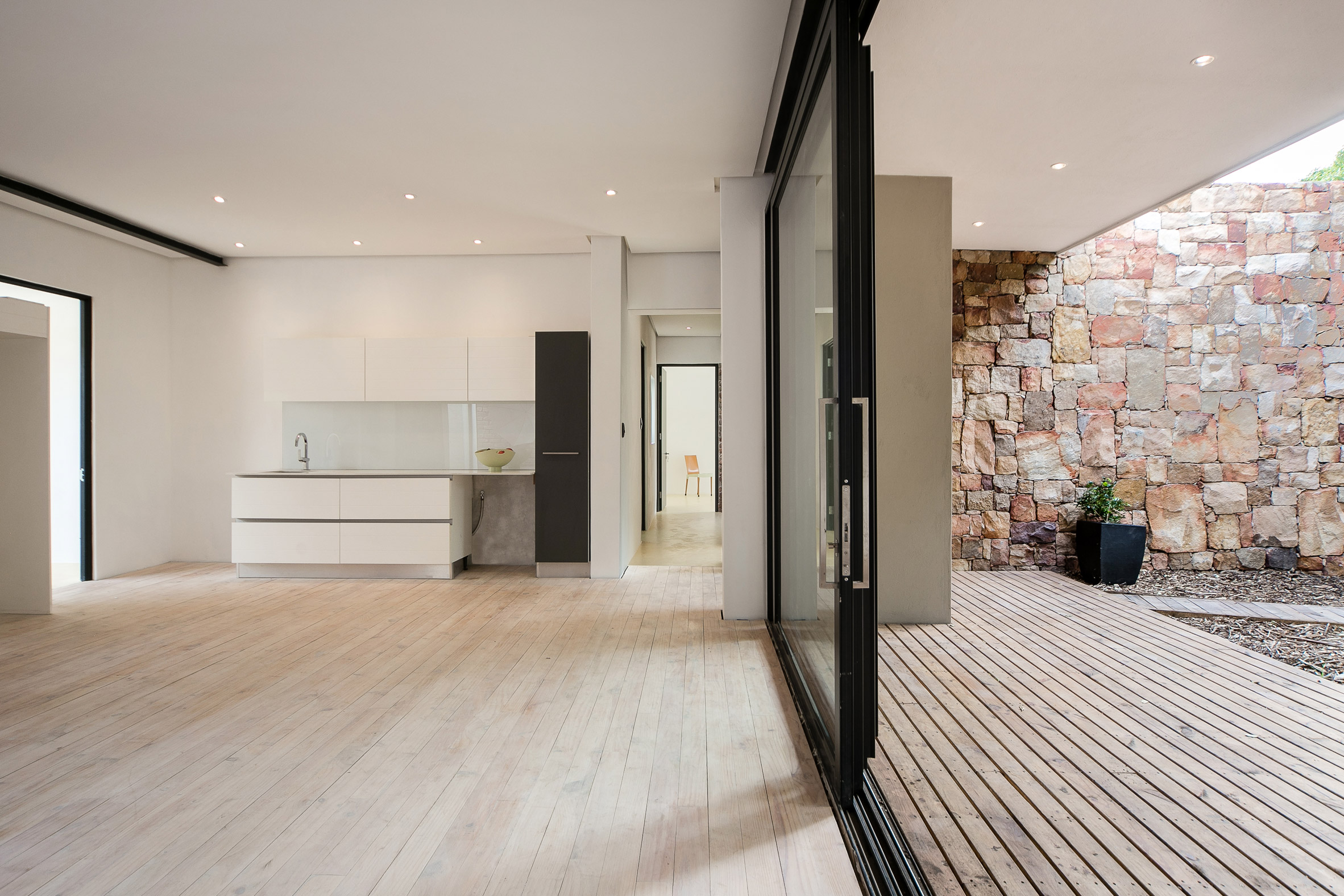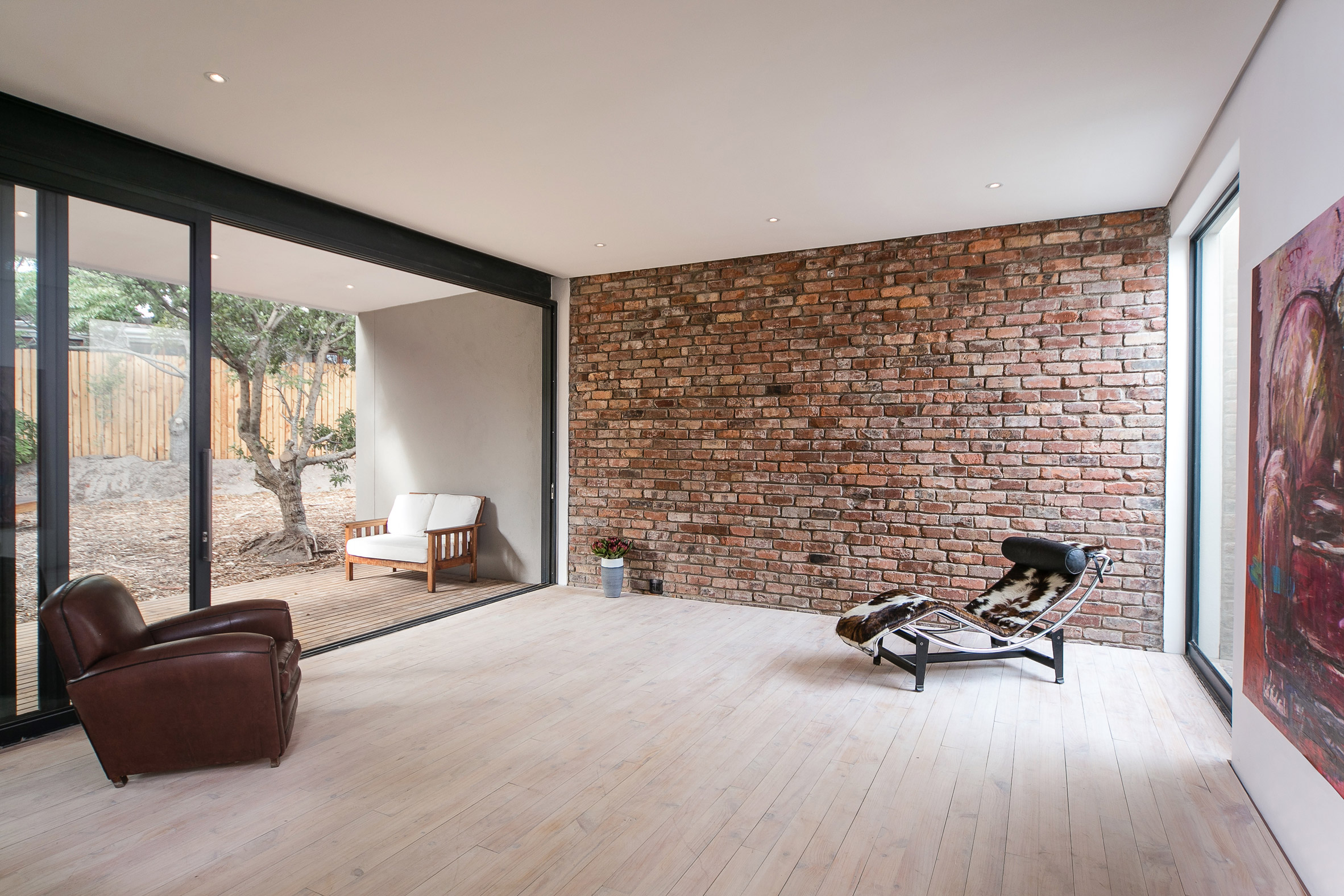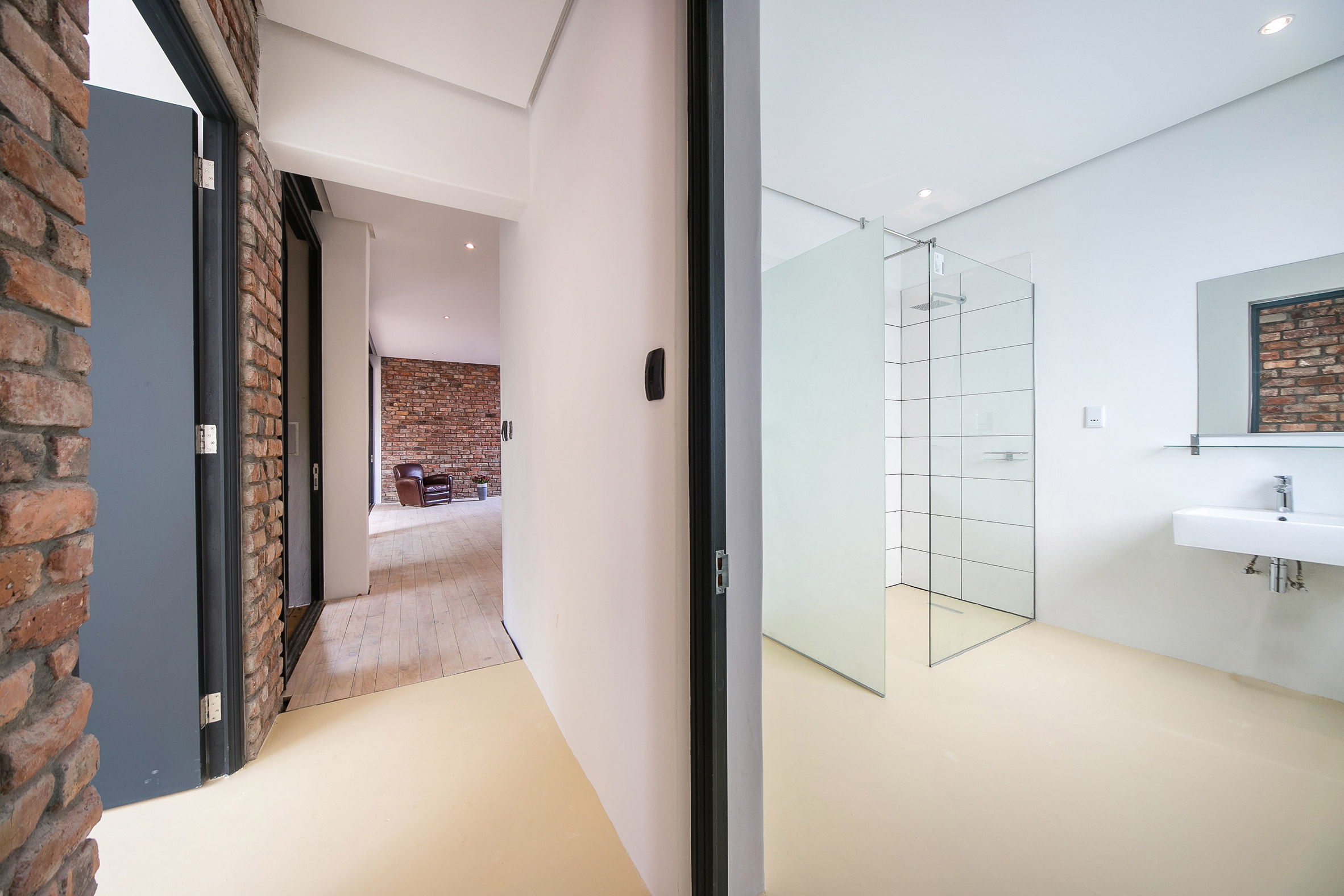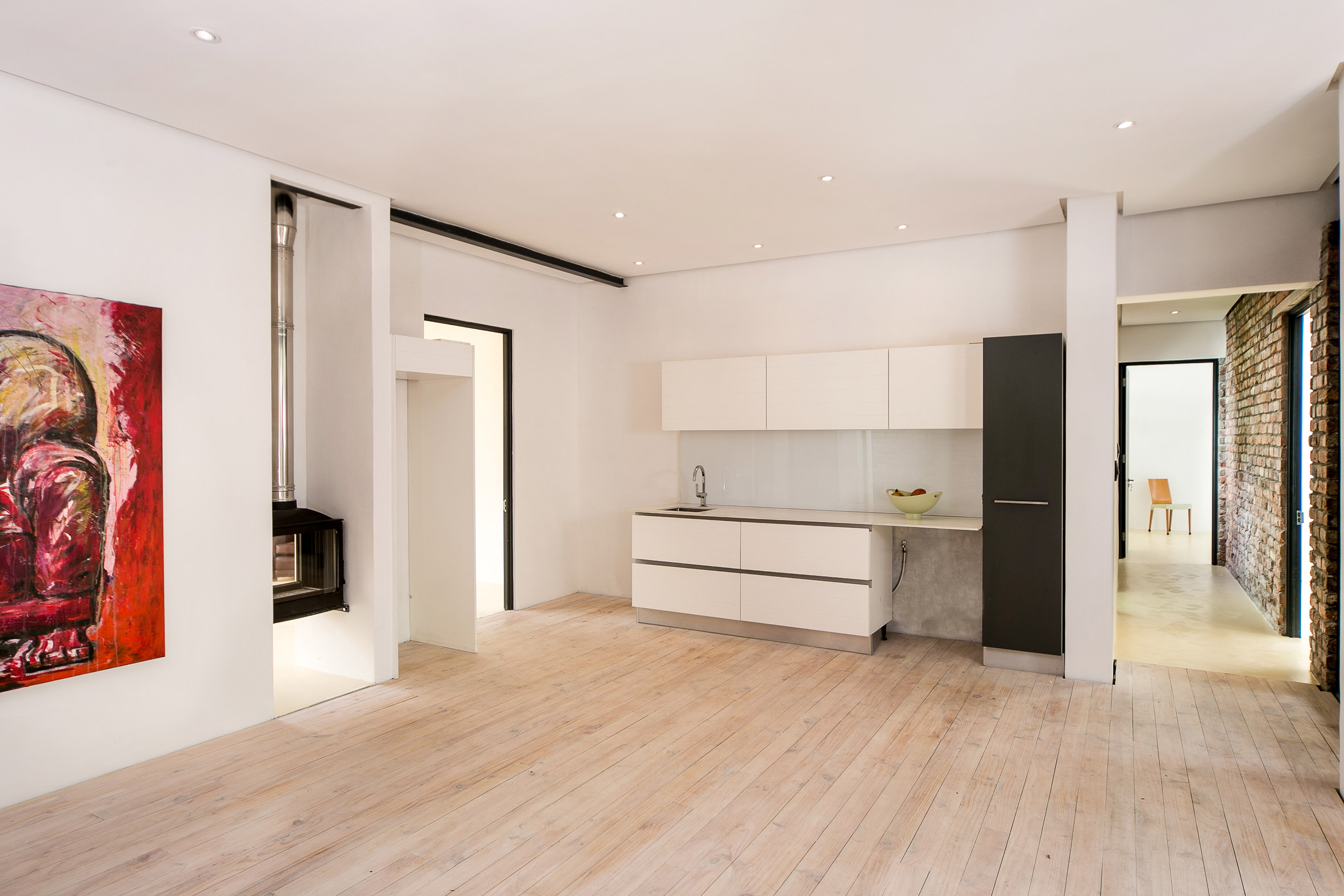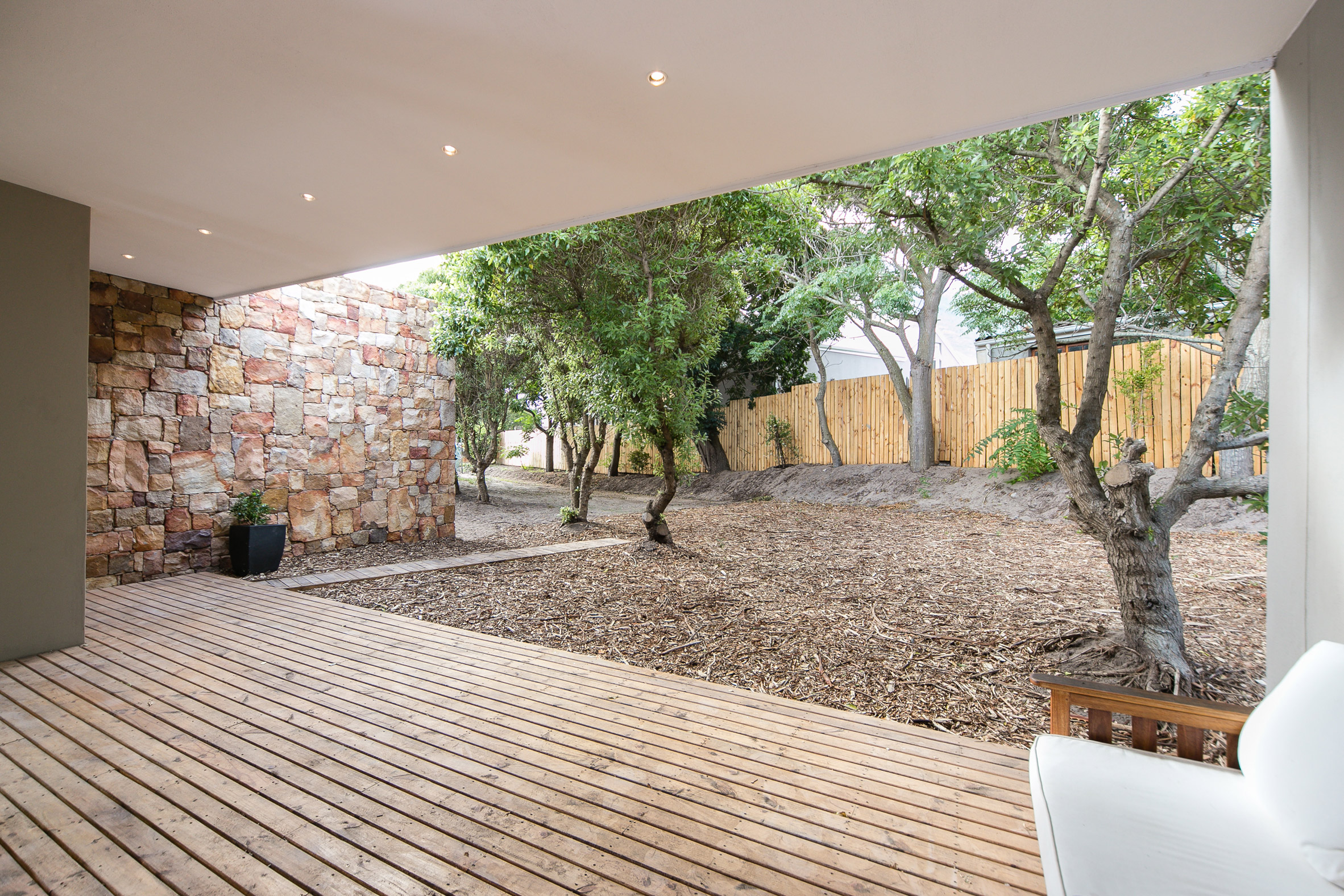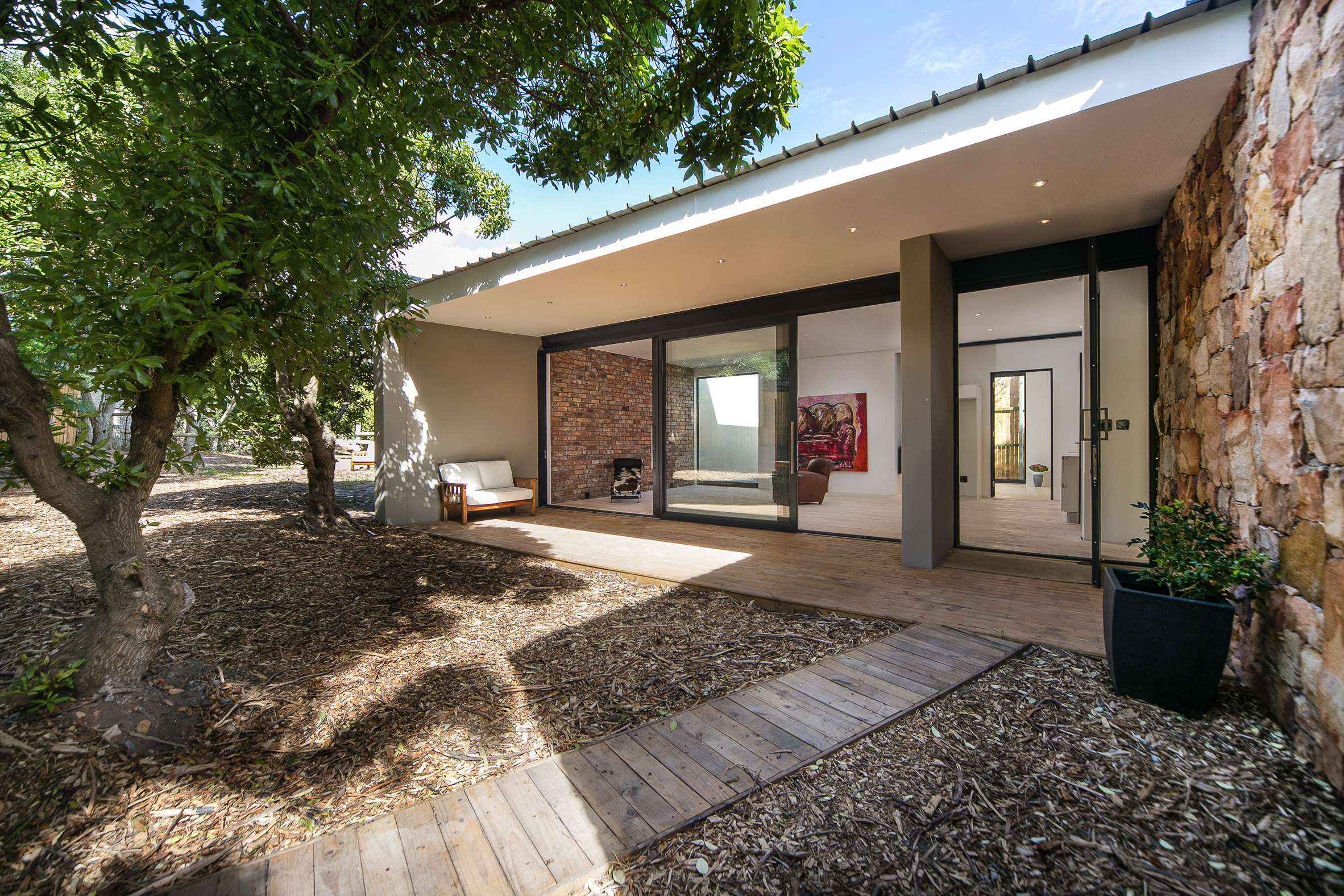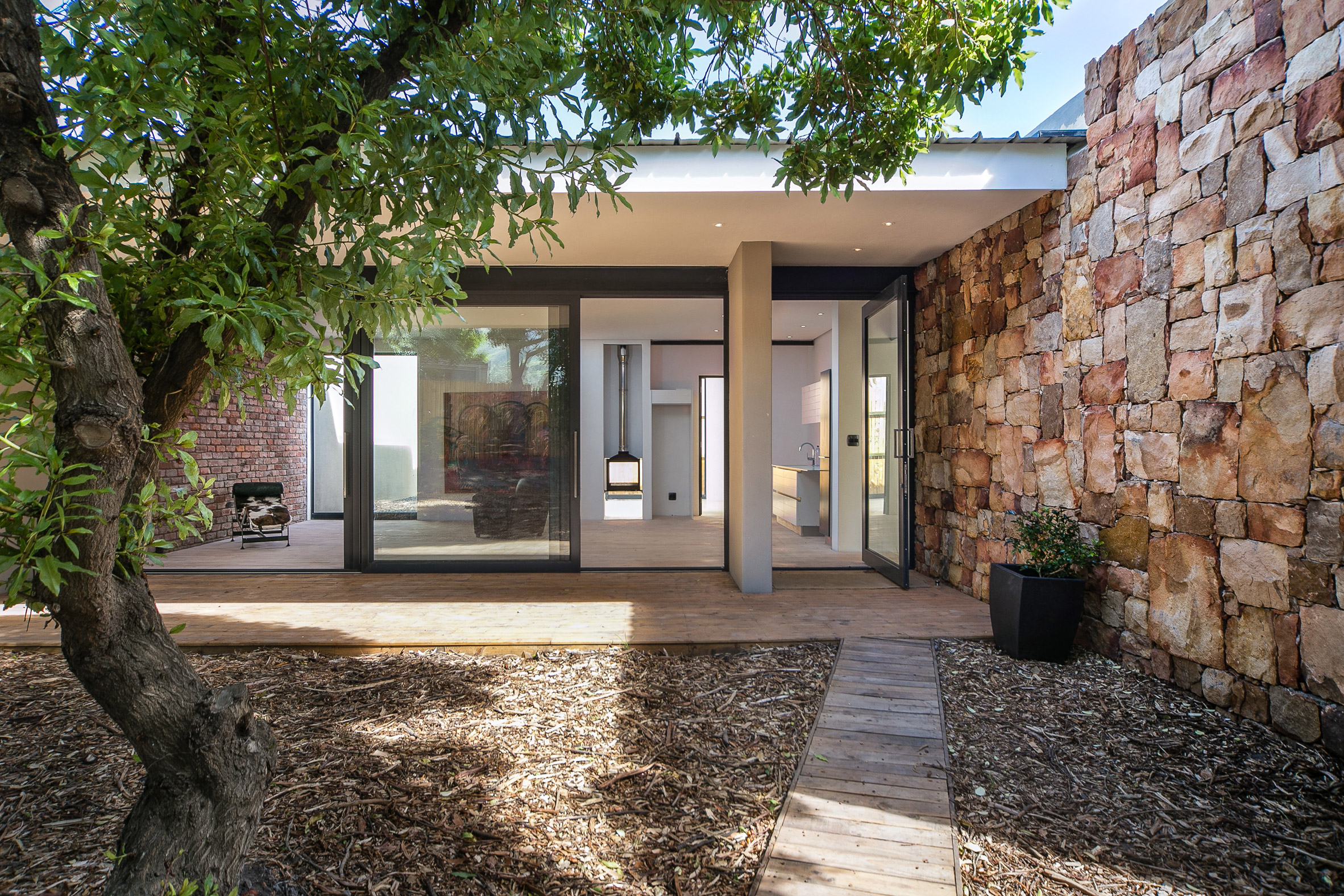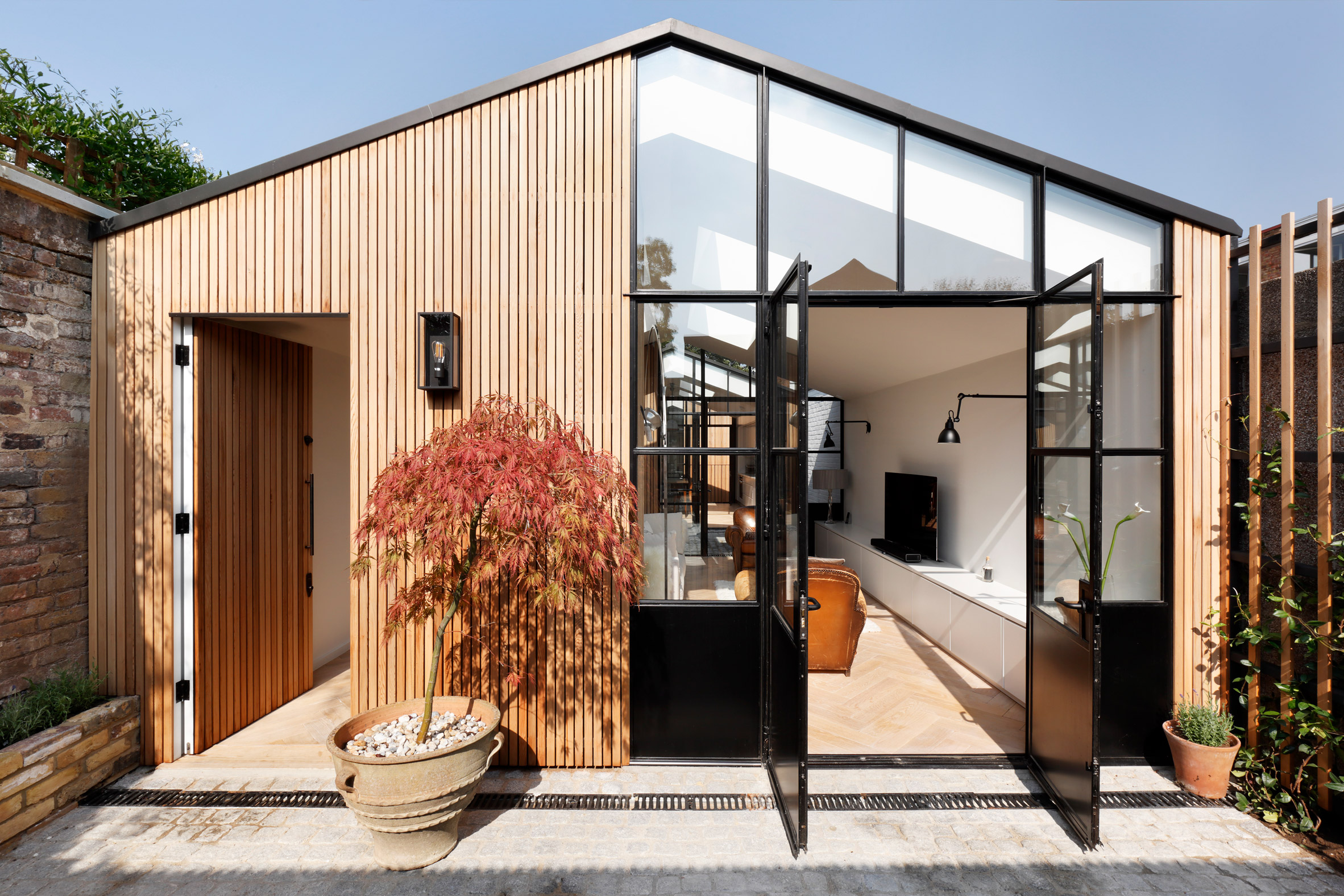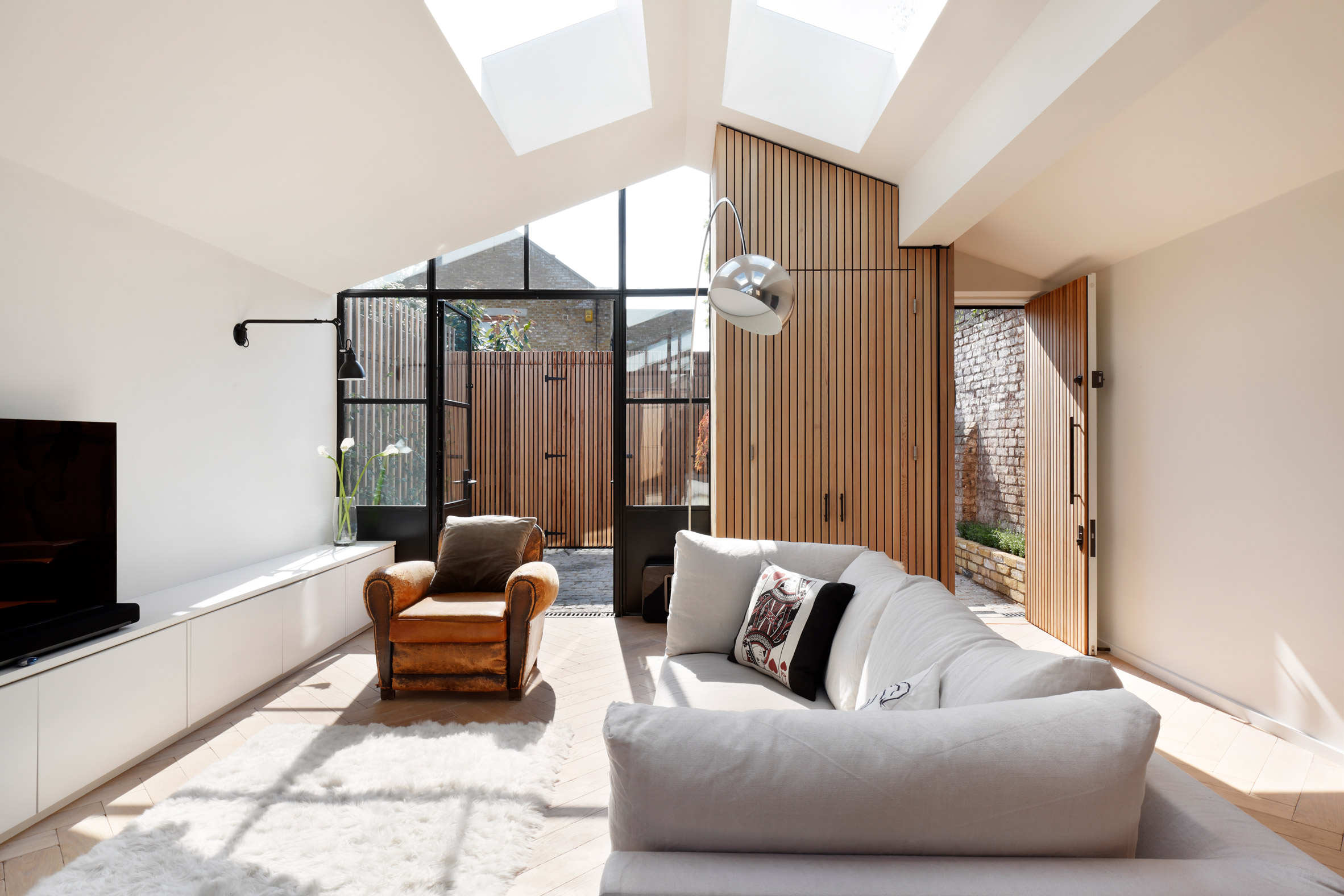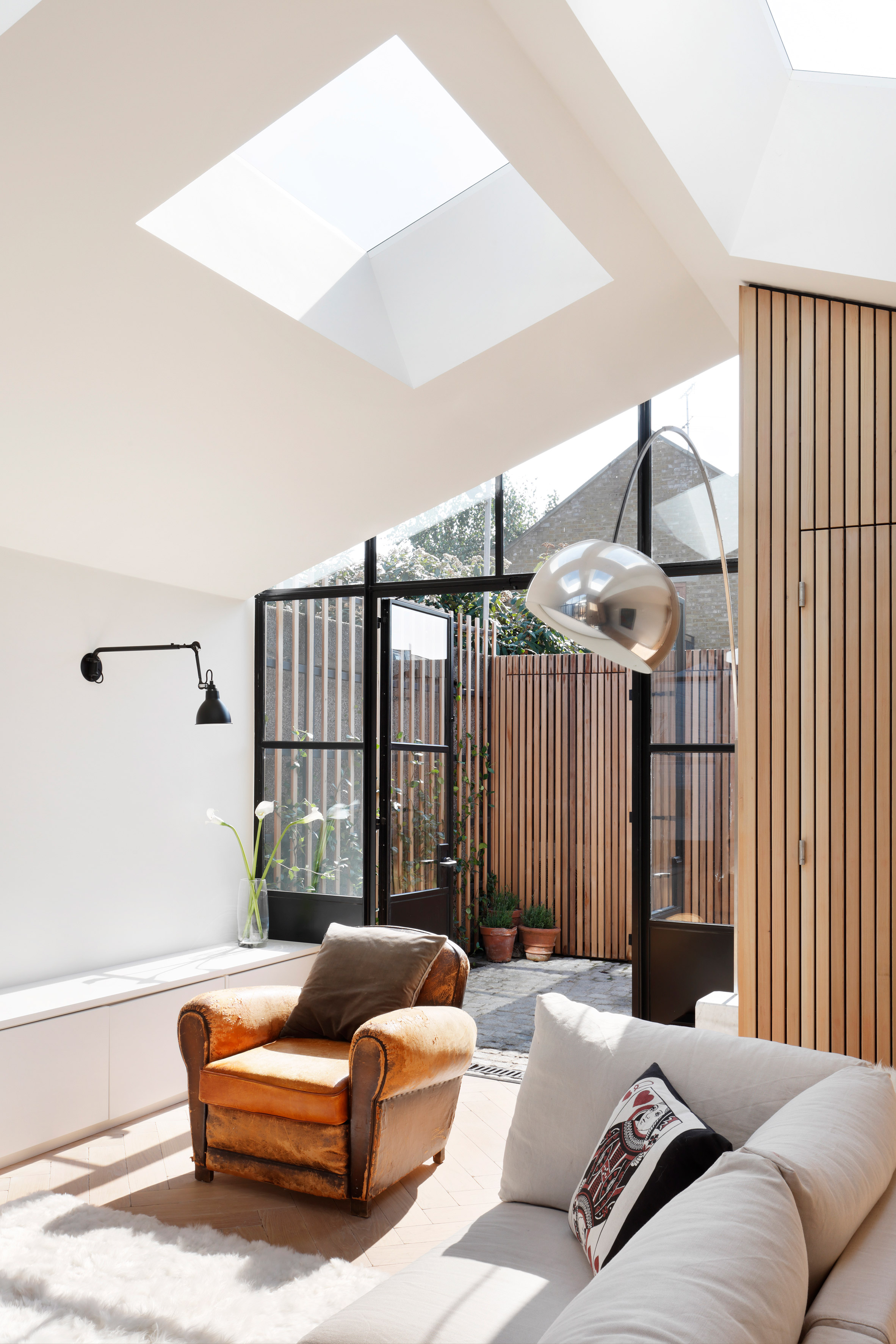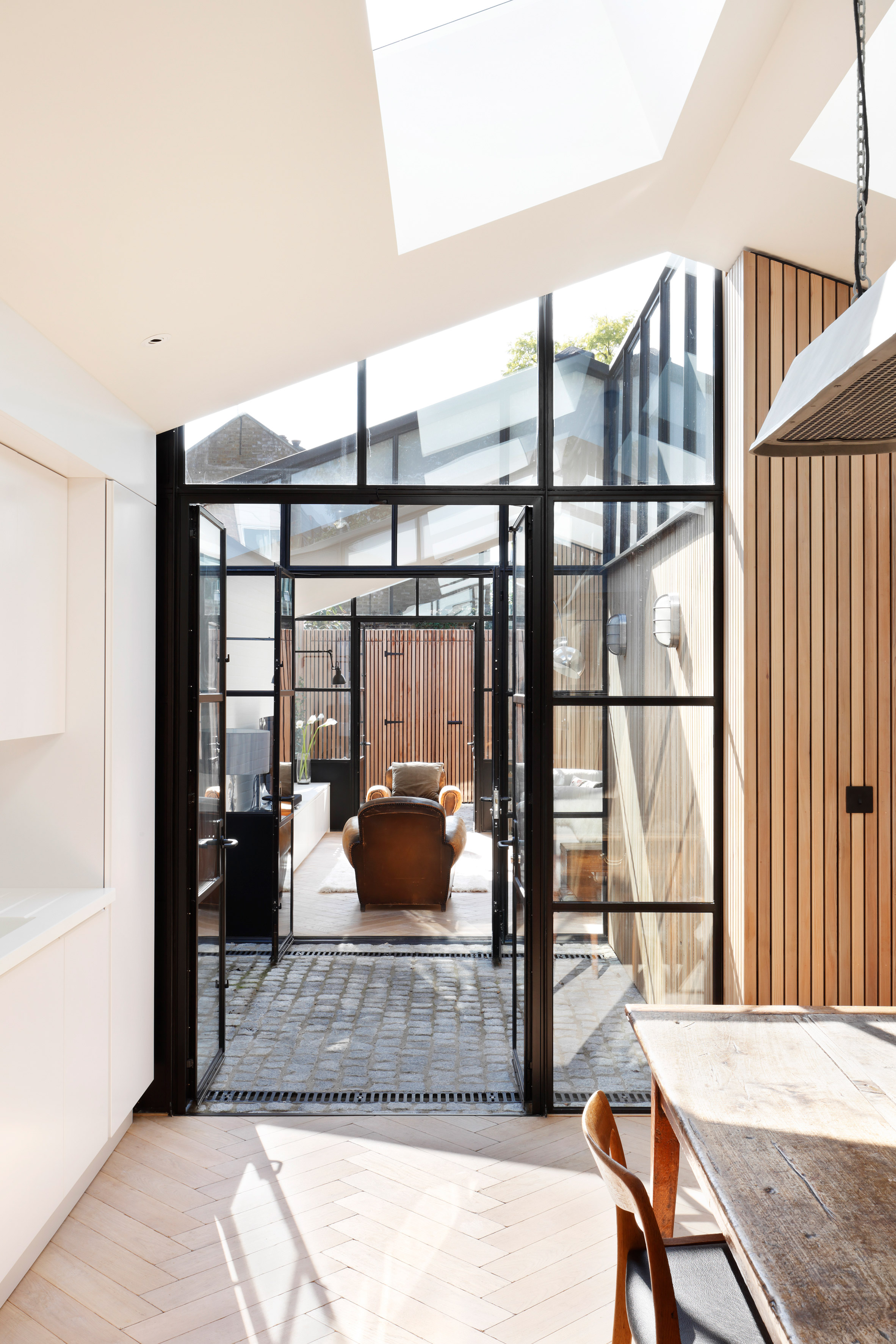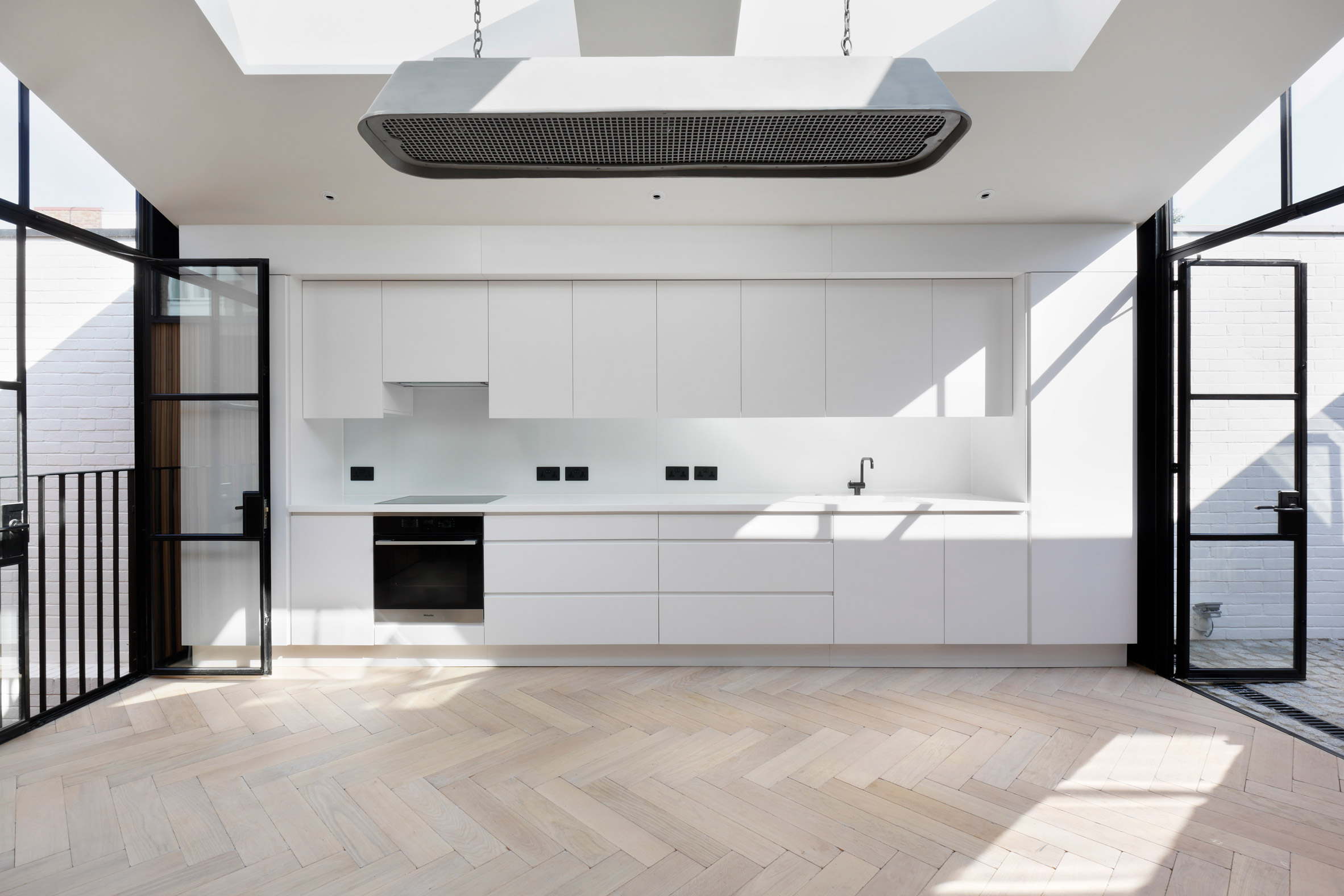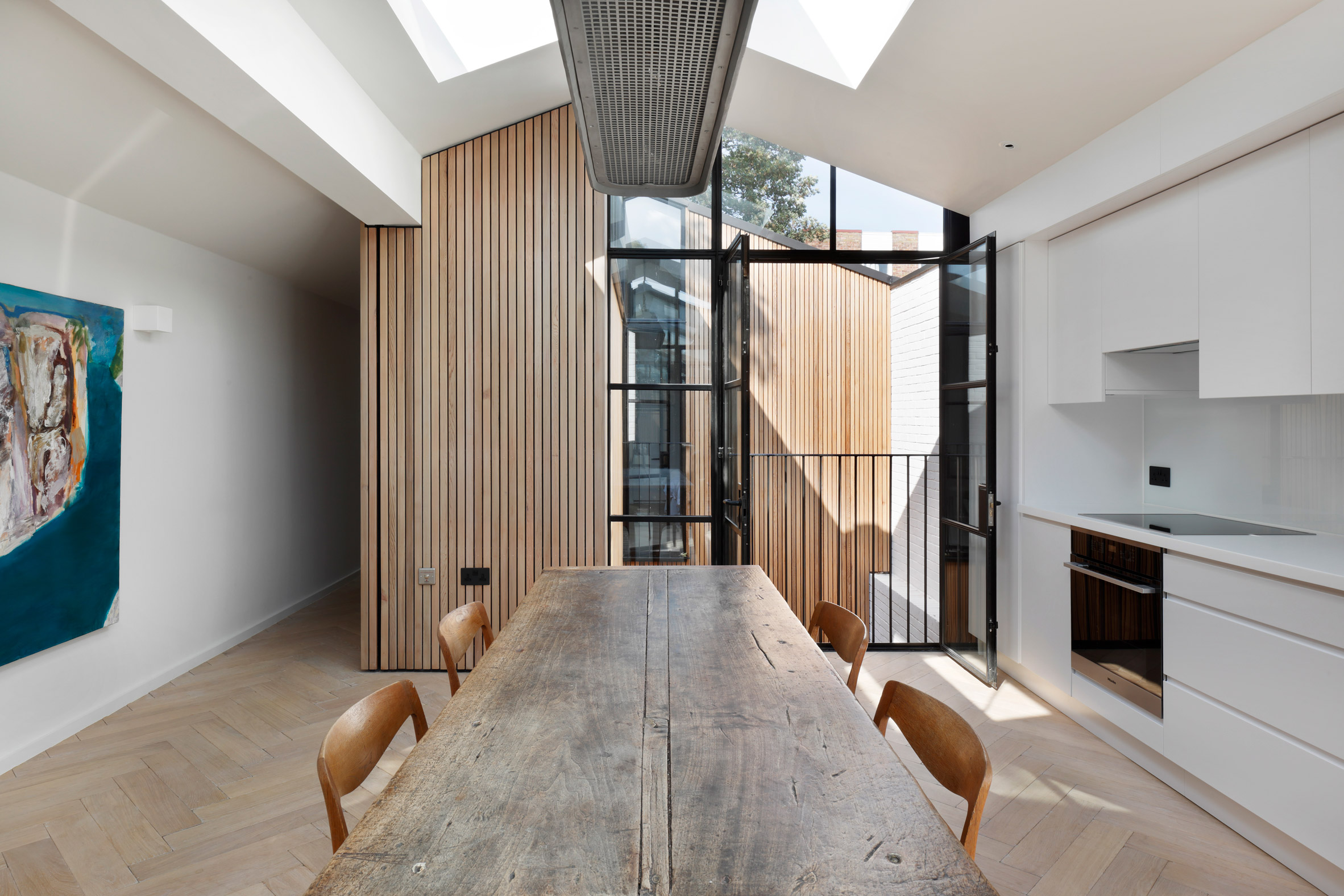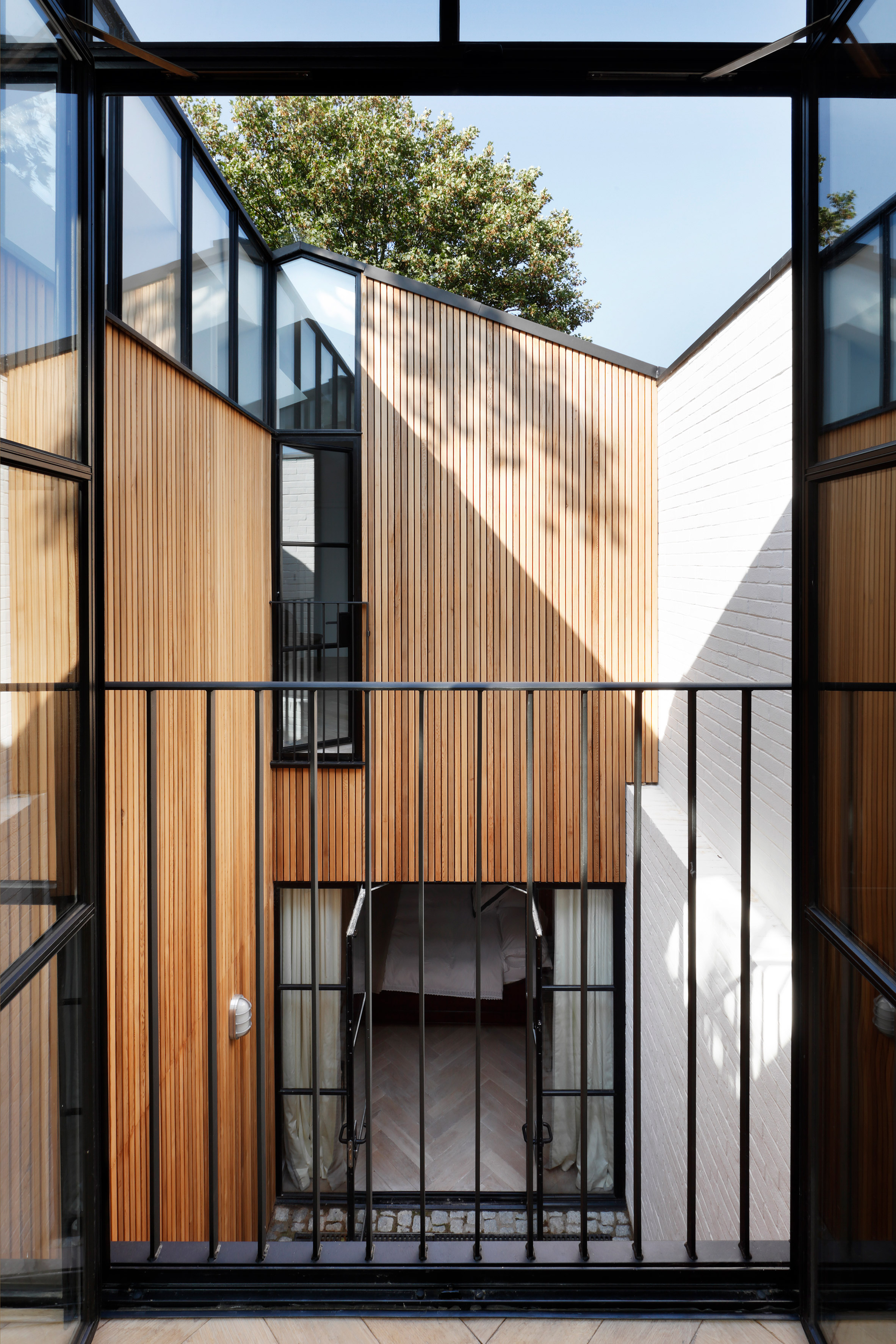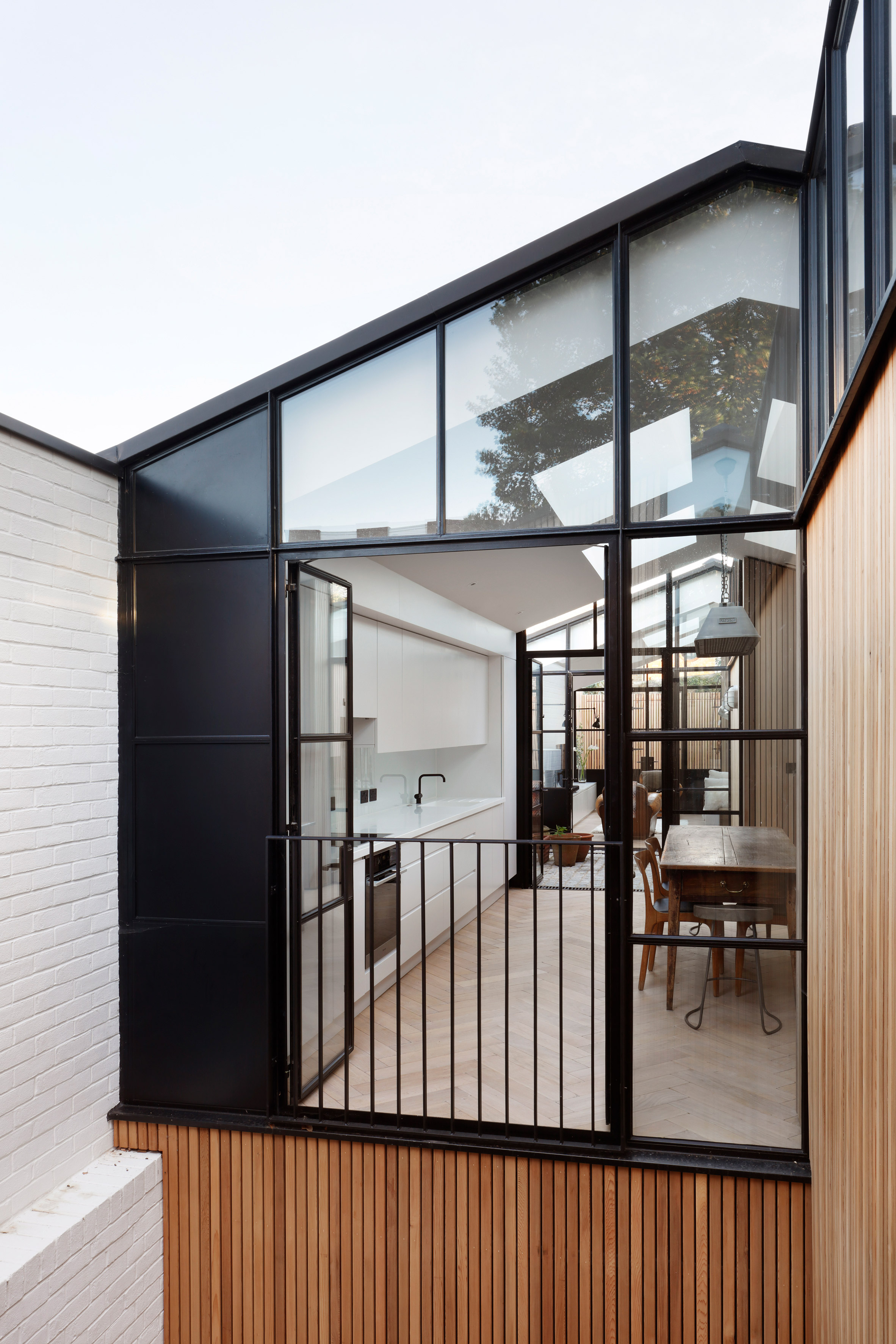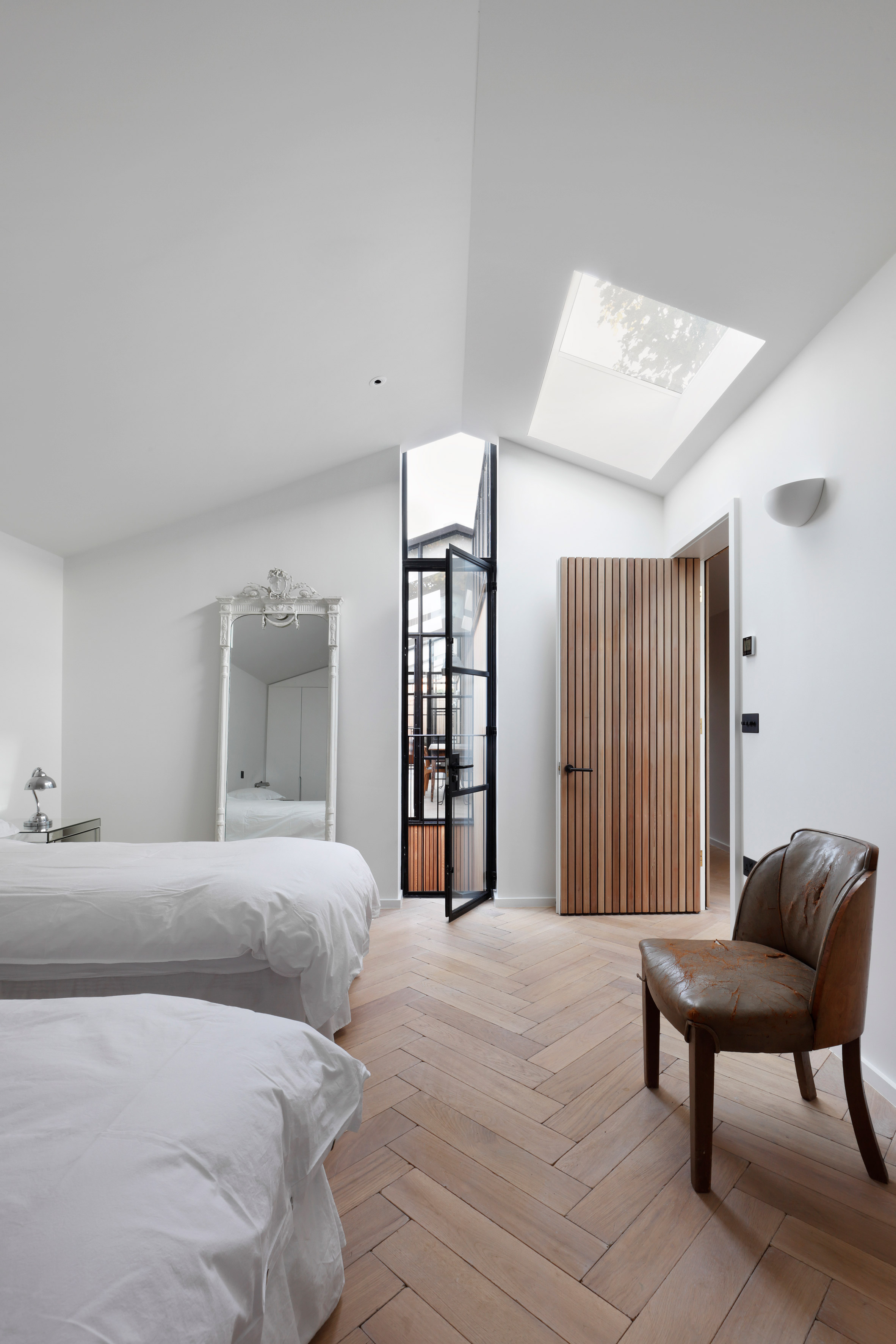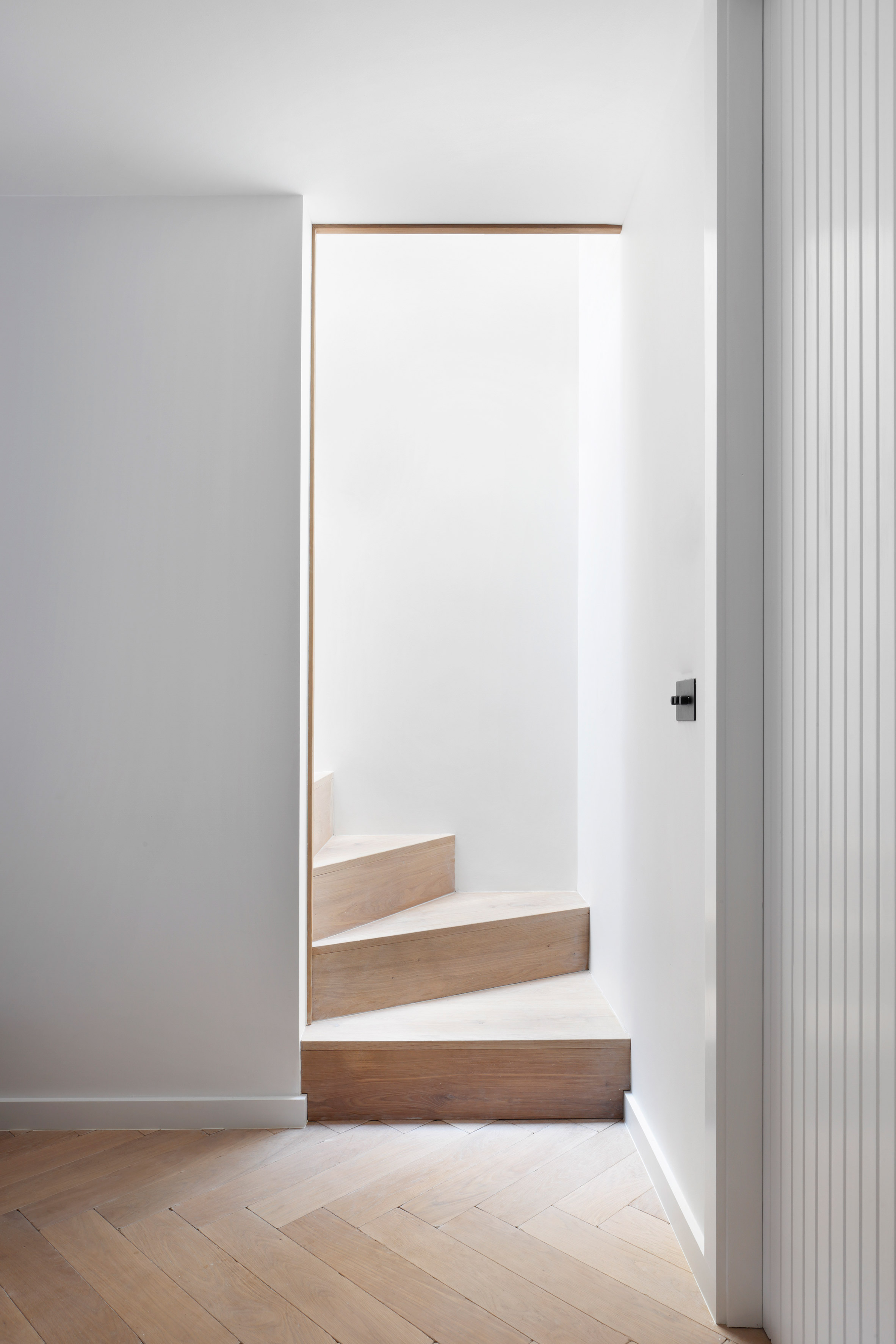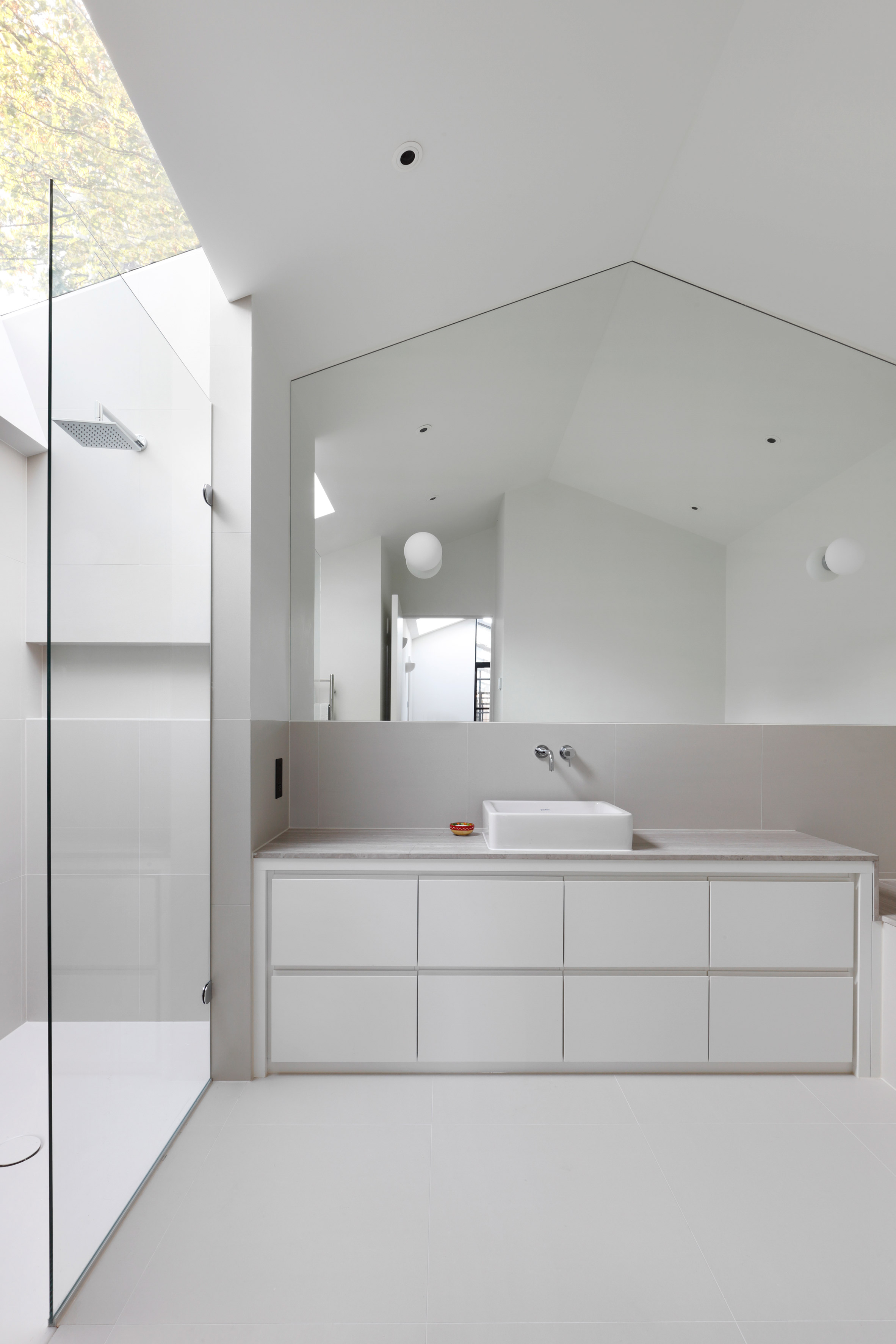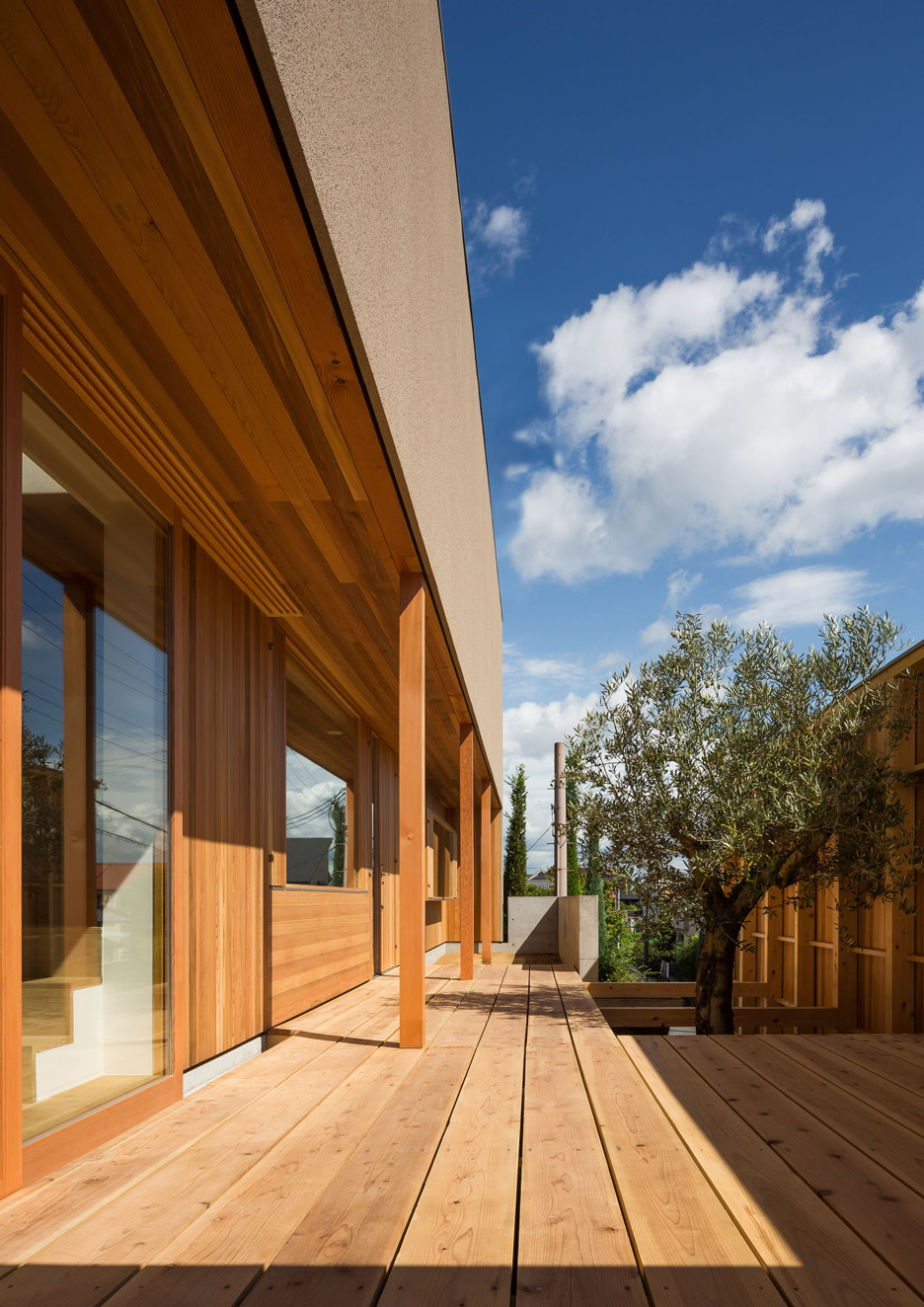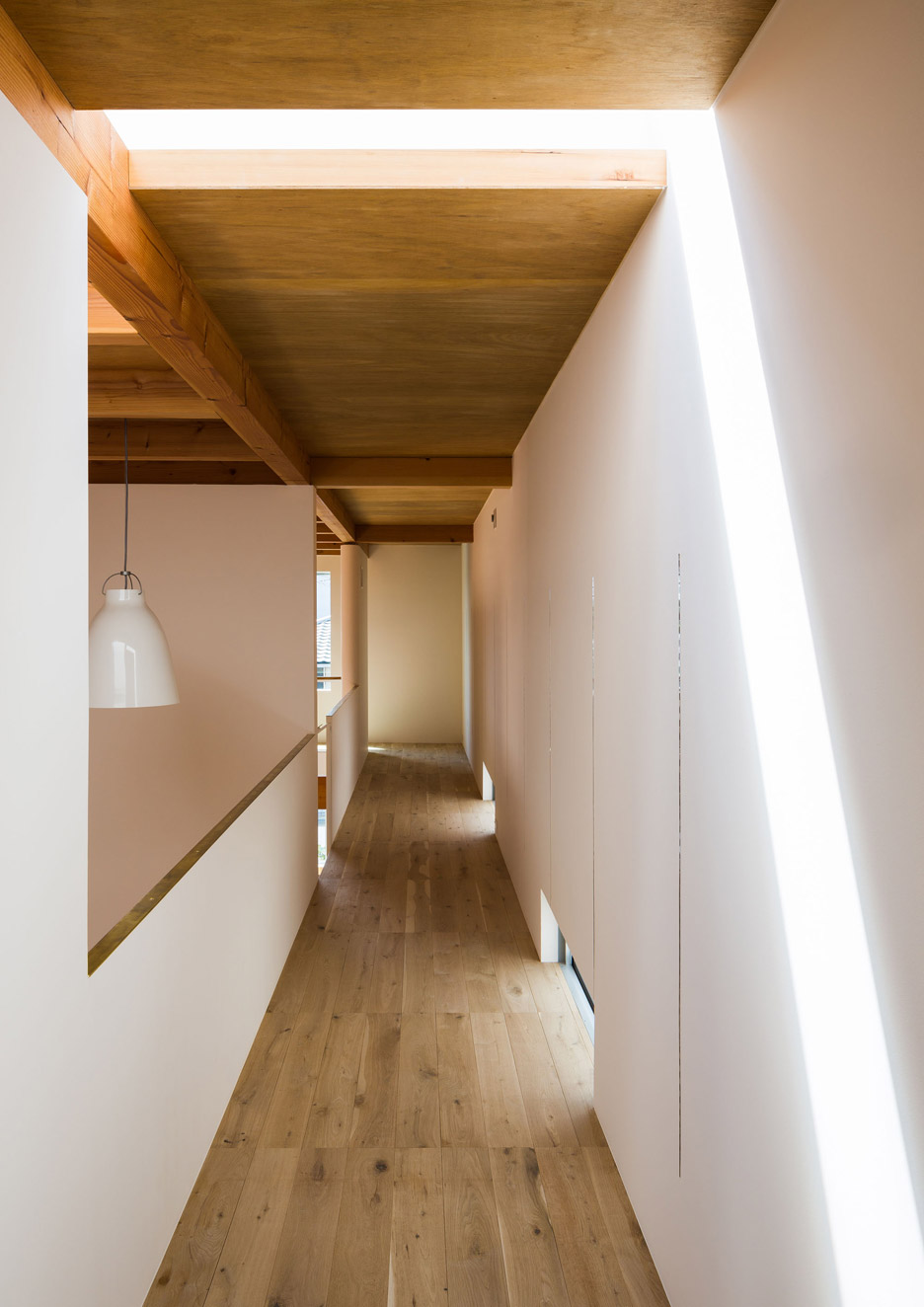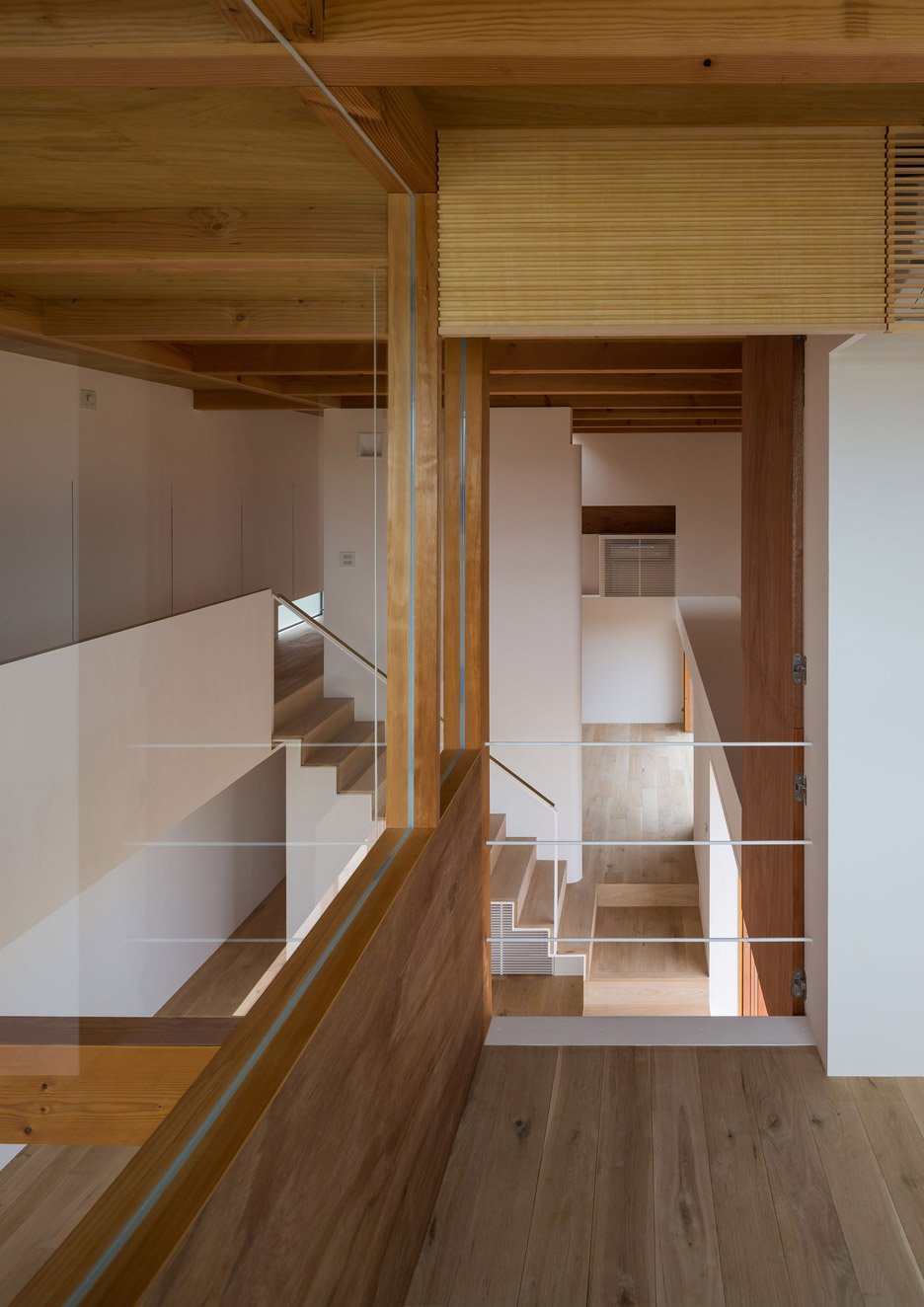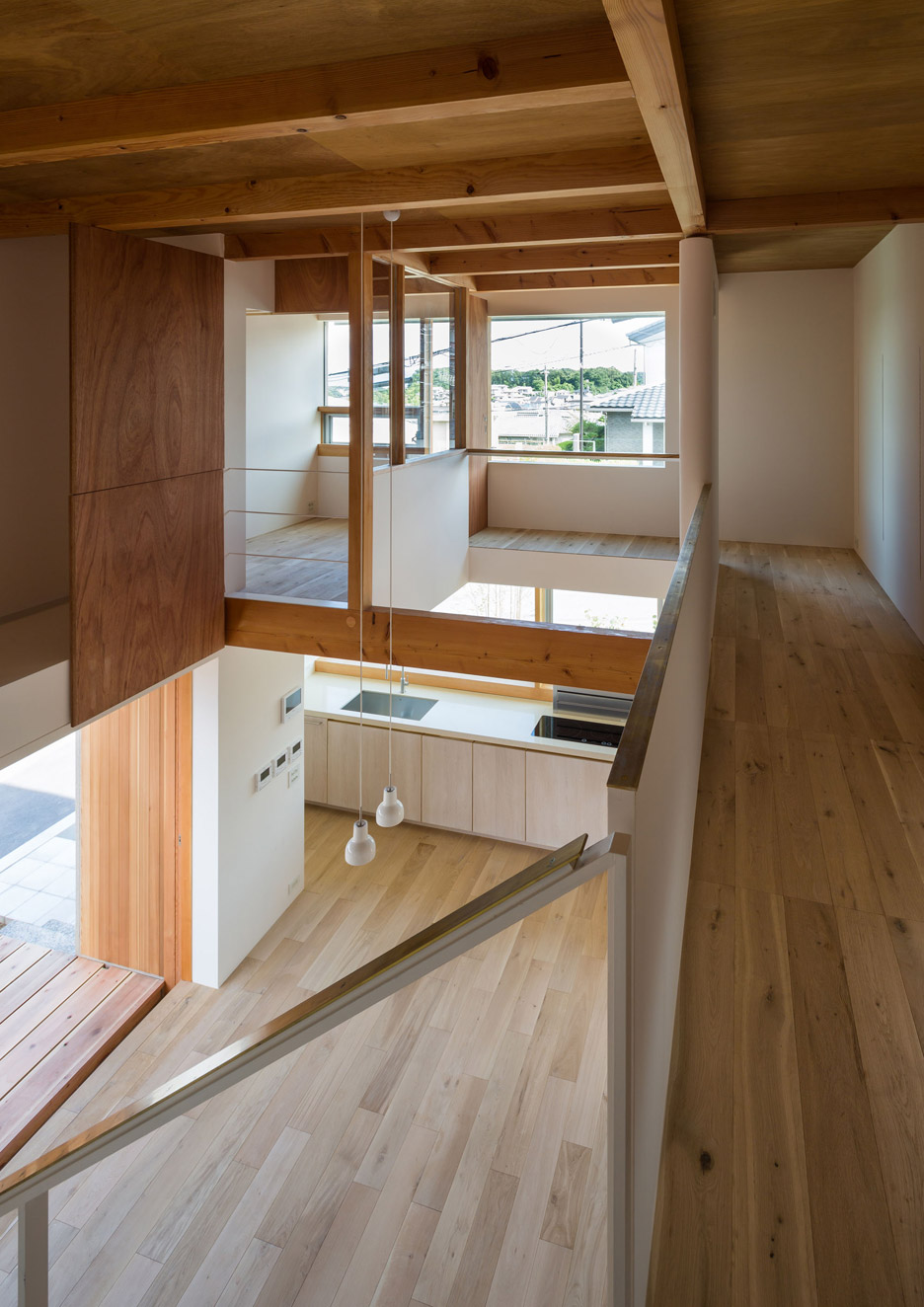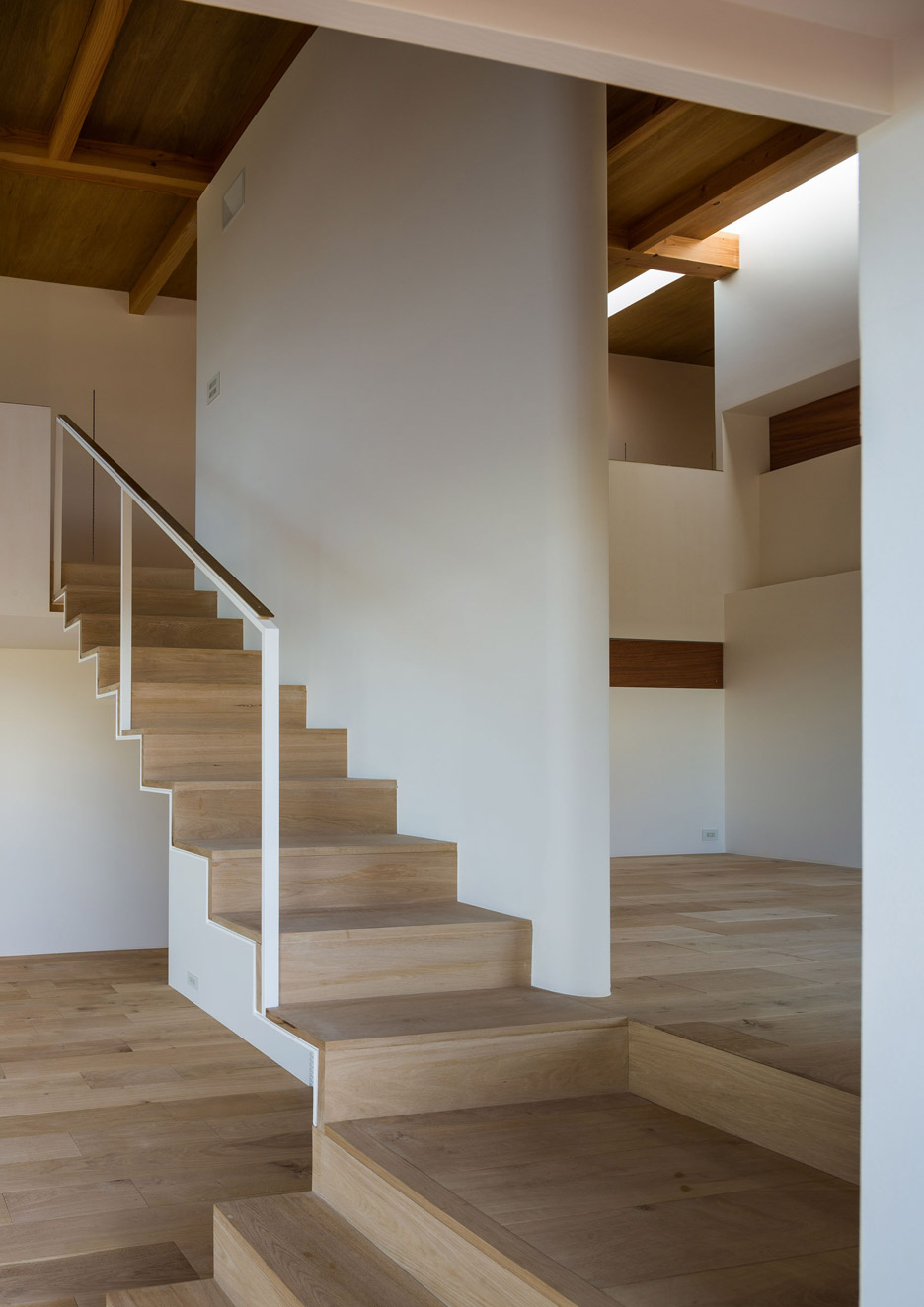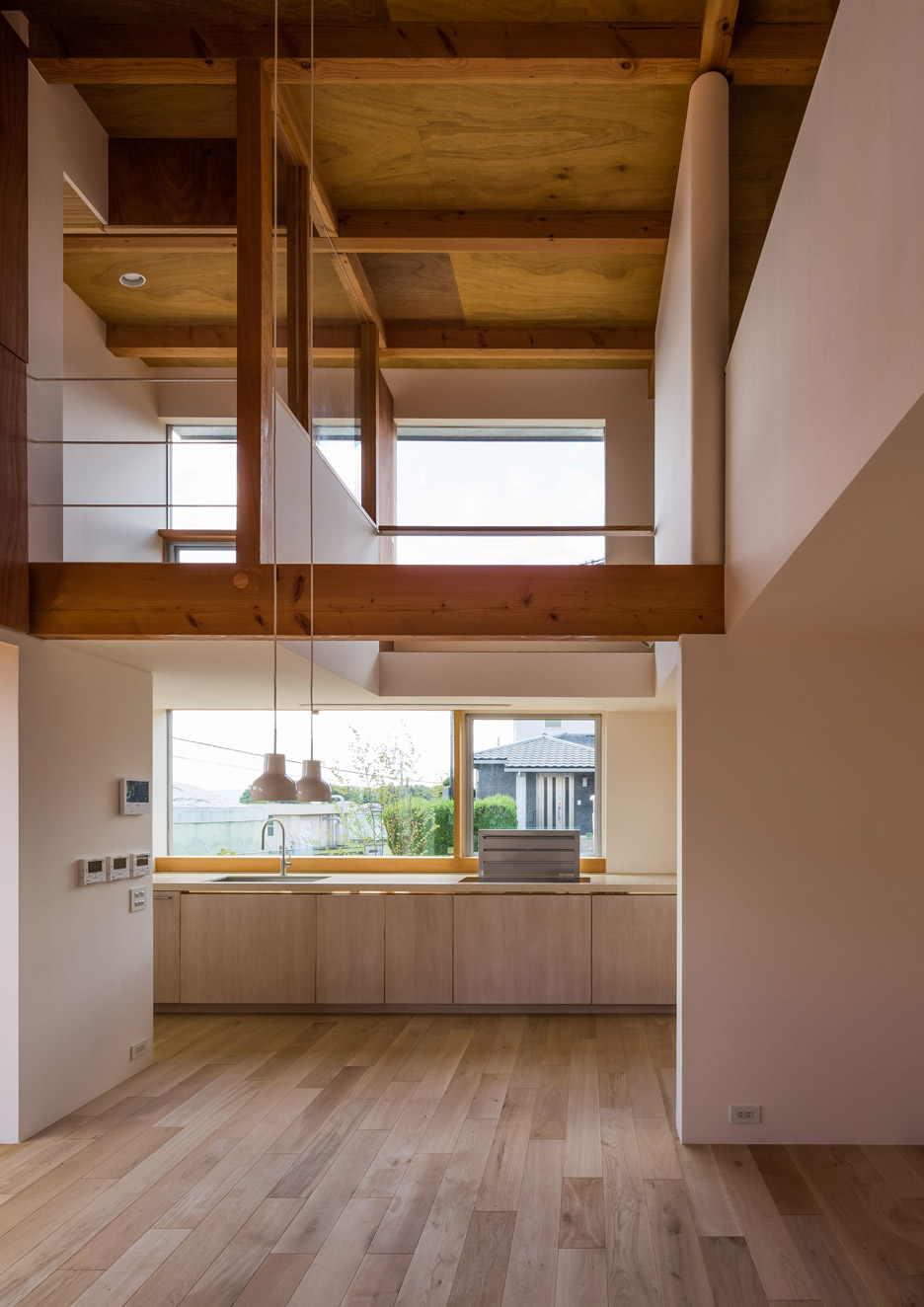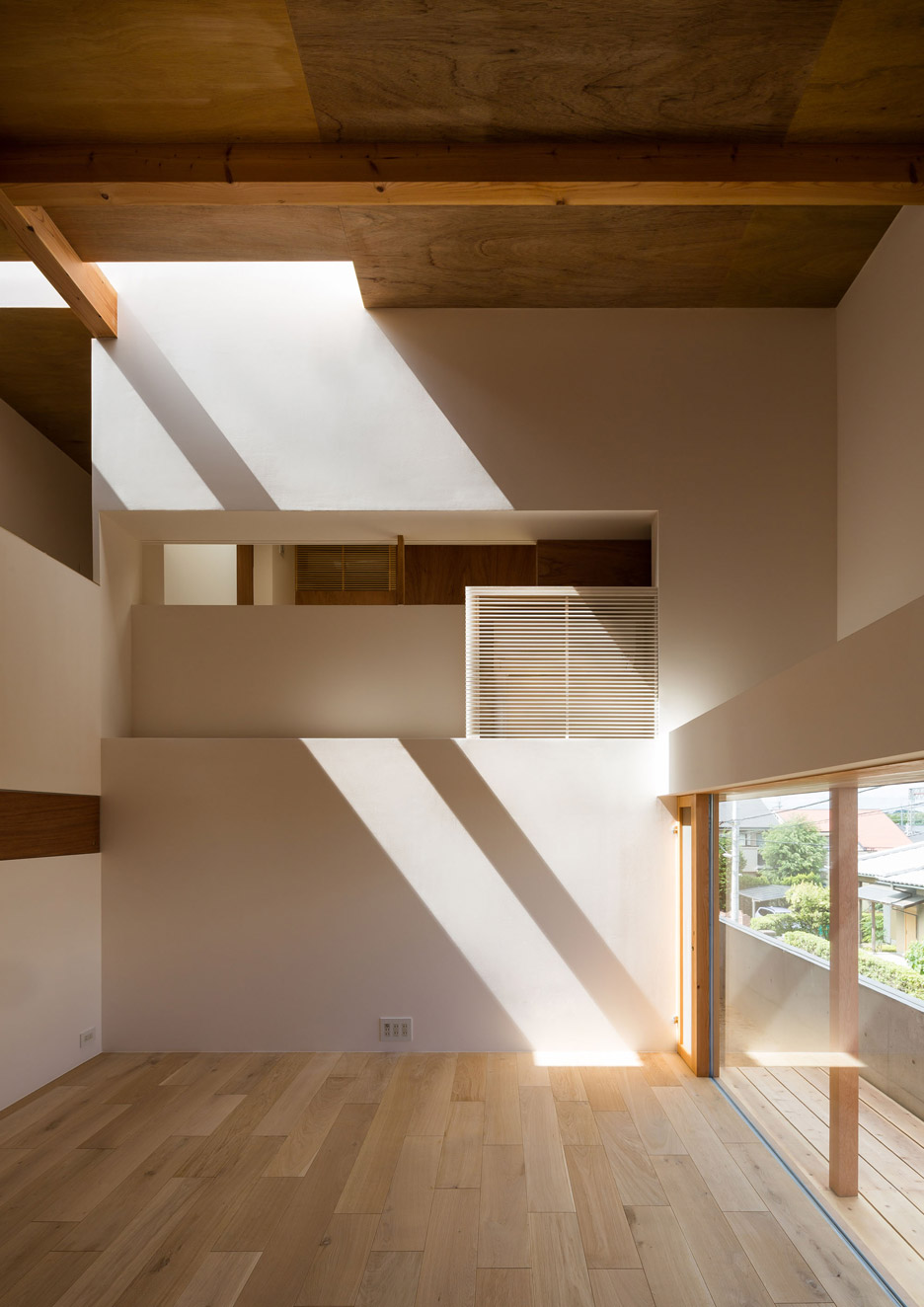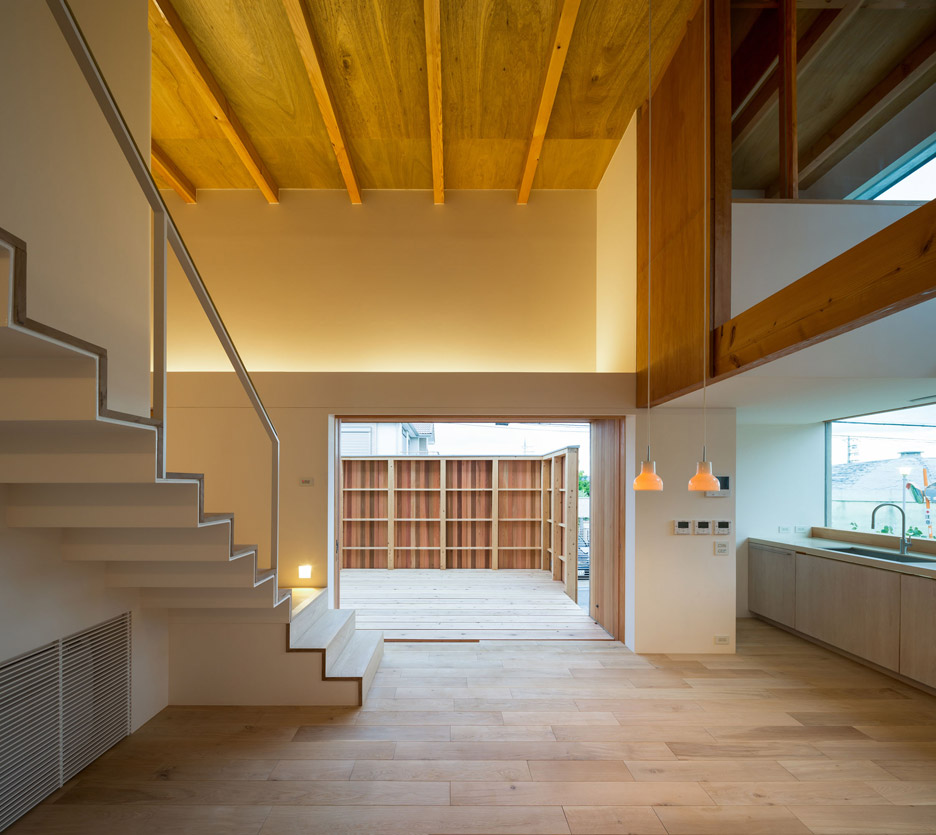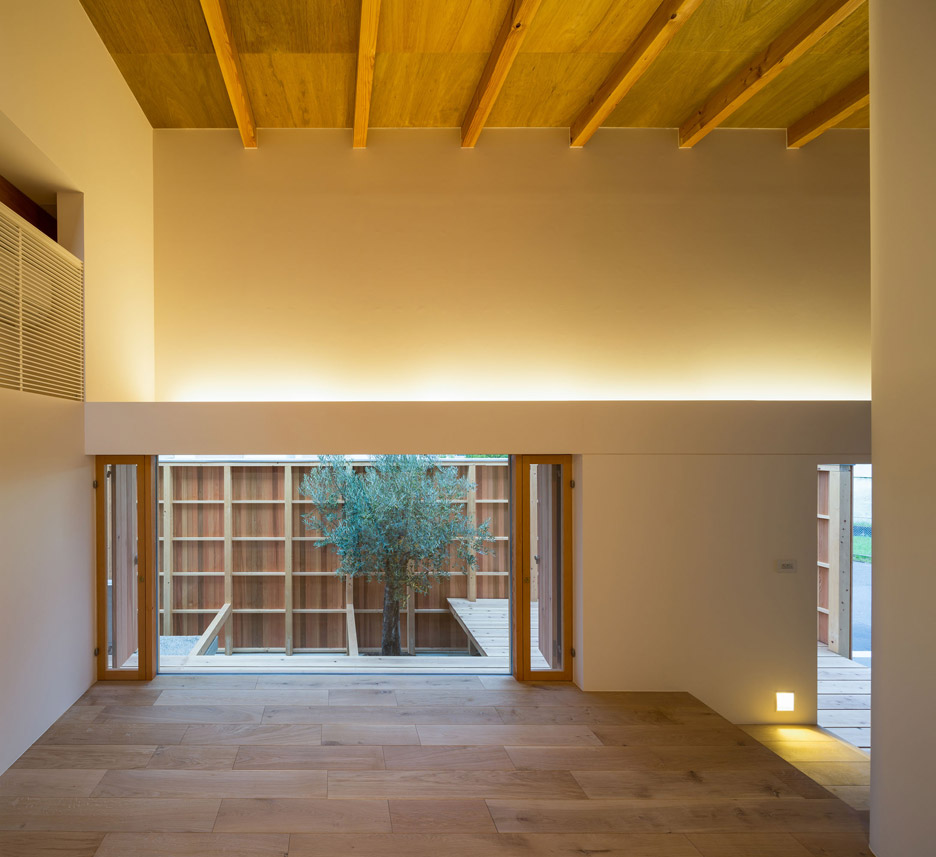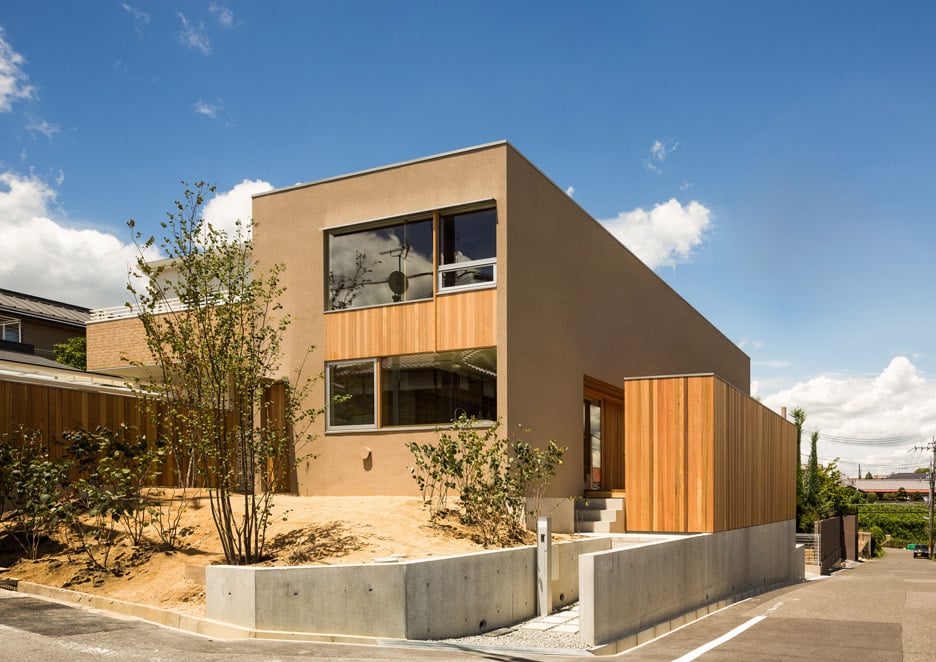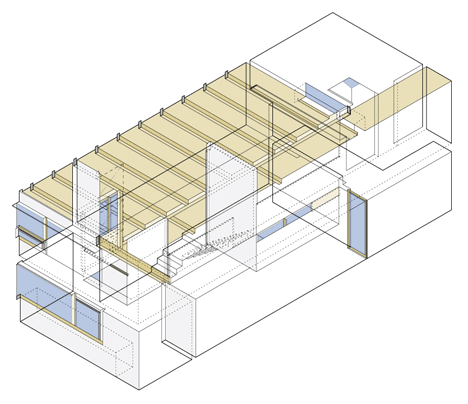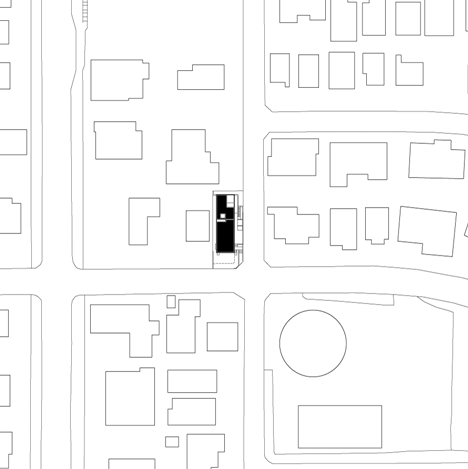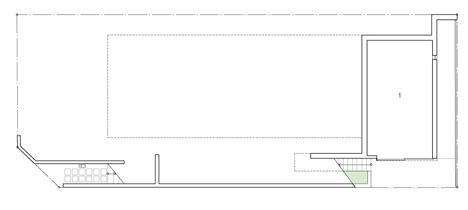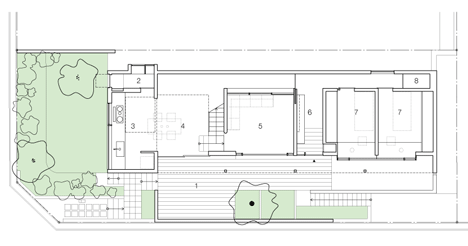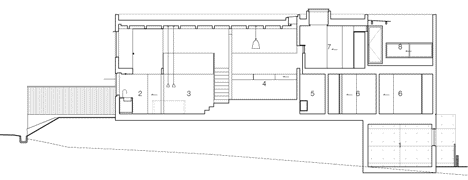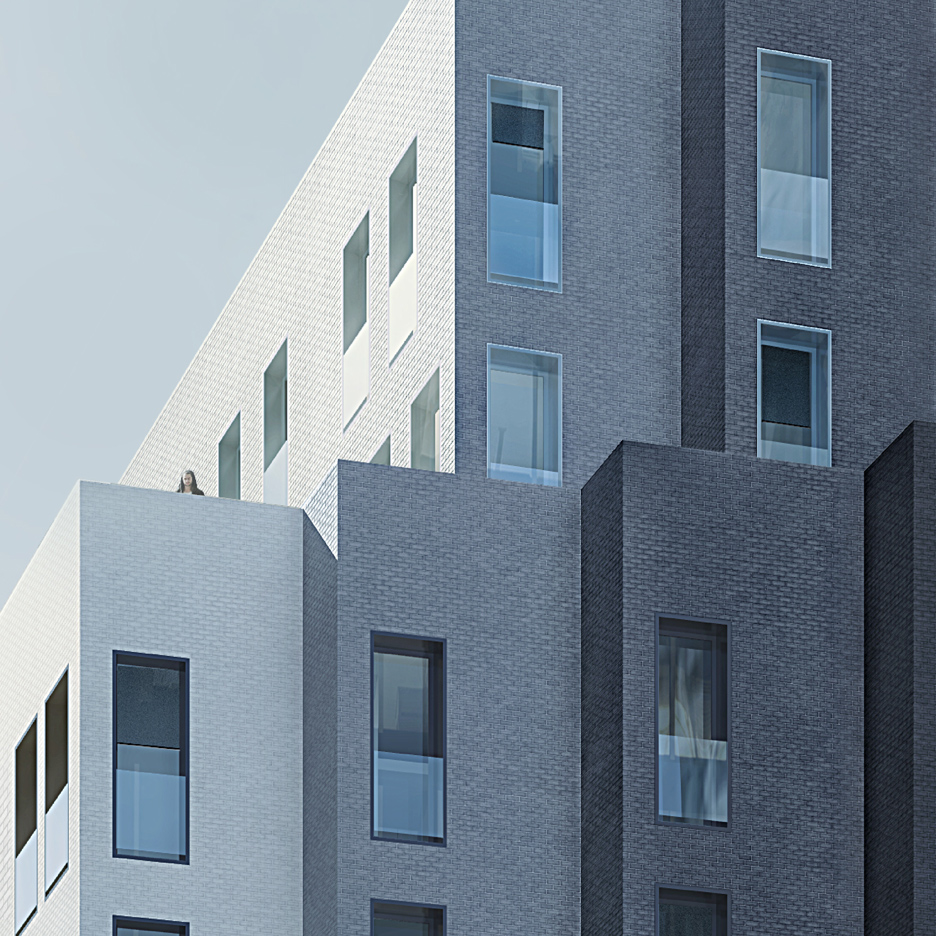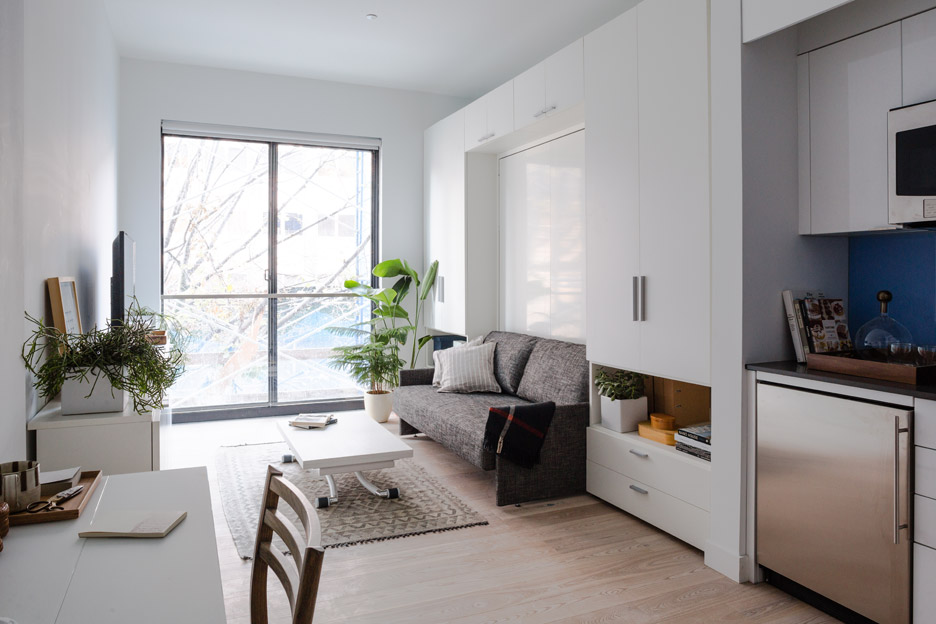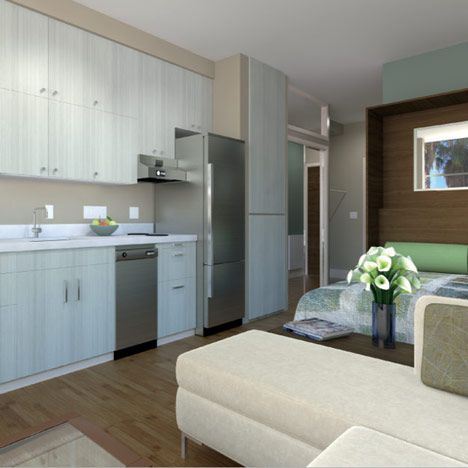A + Awards: An A + award was given to Architizer 2016 at this retirement home in Western Australia, designed by Iredale Pedersen Hook Architects for an Aboriginal community affected by devastating floods.
The Walumba Elders Center was built in Warrmarn (Warmun) after the floods in 2011 that destroyed the city's former facility, and damaged much of its homes and other buildings.
"About 350 people from Gija were forced to leave their homes until the houses and infrastructure were rebuilt over the next two years," said Iredale Pedersen Hook Architects, who designed the replacement care home.
The new structure is located next to a community school, and rises 2.4 meters above ground level to prevent future flooding.
The intention is for the building to "act as a focal point to bring the community together and to assist in the transmission of unique Aboriginal wisdom, Gija language and cultural knowledge to the younger members of the community," according to architects.
Its arrangement is organized as two parallel wings, united at one end by a facetted ceiling that rises through a roundabout and extends down both branches of rooms.
It offers accommodation for both personal care and high-level care. A variety of factors inherent in Aboriginal culture had to be taken into account with the design.
These include gender separation, access to public and private outdoor spaces, and hosting ceremonies that may include fire and smoke.
The concrete piloti is used to hold the raised structure, while the corrugated metal is used to coat the majority of the building. Multiple ladders lead to ground level, which is subtly landscaped.
"The concept refers to a bridge not only as physical infrastructure, but also as a step of knowledge between generations, and as a place of care and respite before the possibility of moving from this existence to the next," said the architects.
Walumba Elders Center was praised in the Health and Wellness category at the 2016 A + Awards.
Organized by Architizer, the awards promote and celebrate the best projects and products of the year.
Its declared mission is to foster appreciation of significant architecture in the world and defend its potential for a positive impact on everyday life. Learn more about the A +
The vote is open to the public to choose their favorite architecture and pre-selected products for this year's A + prizes until March 30, 2017. Cast your vote>
The photograph is by Peter Bennetts.
